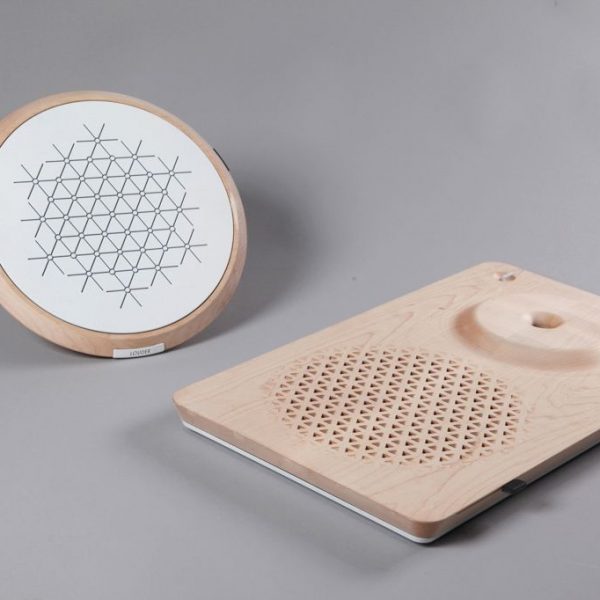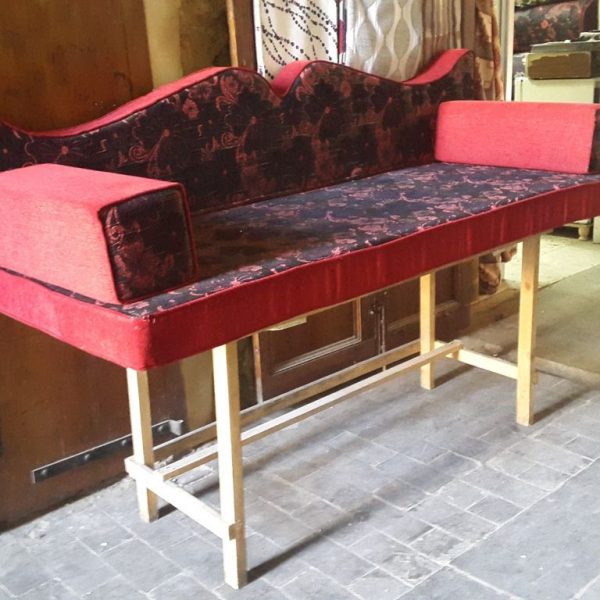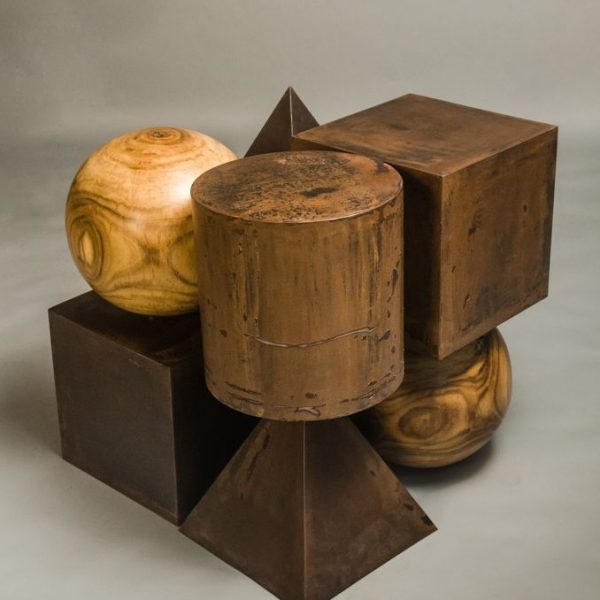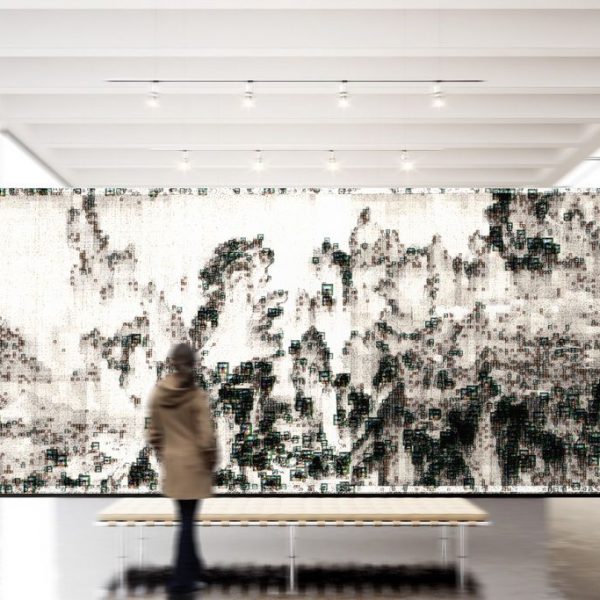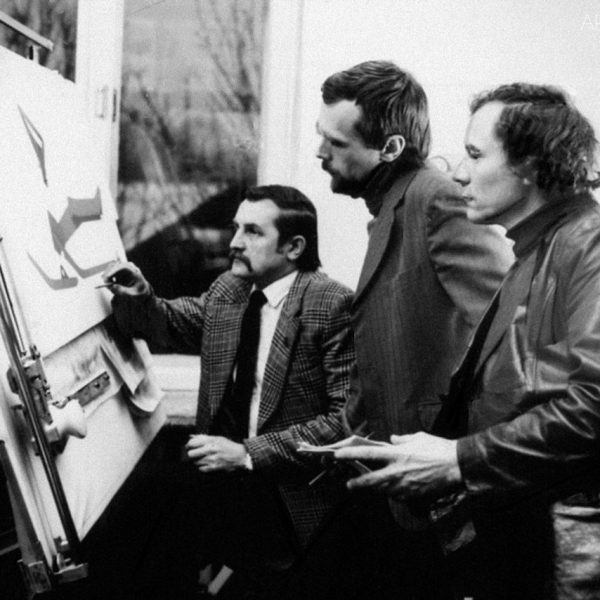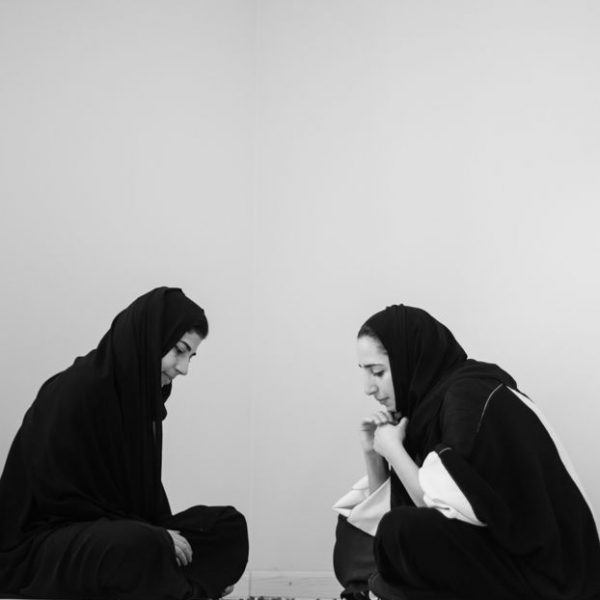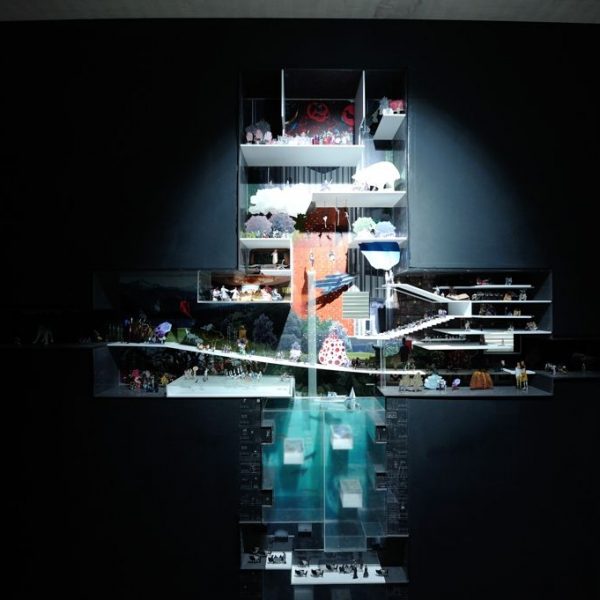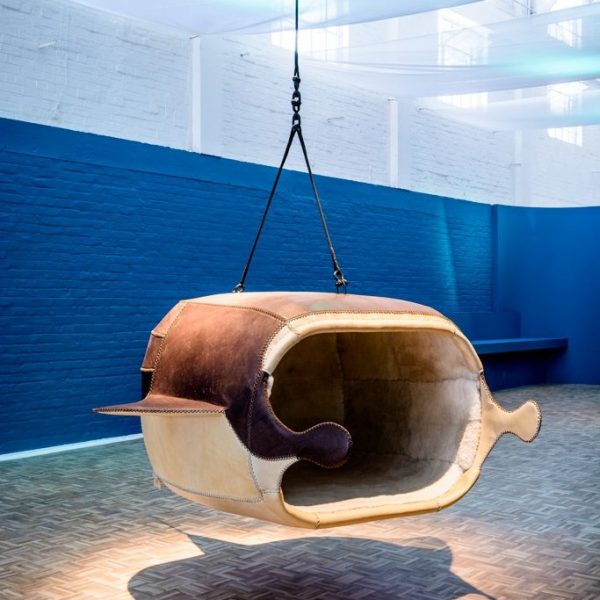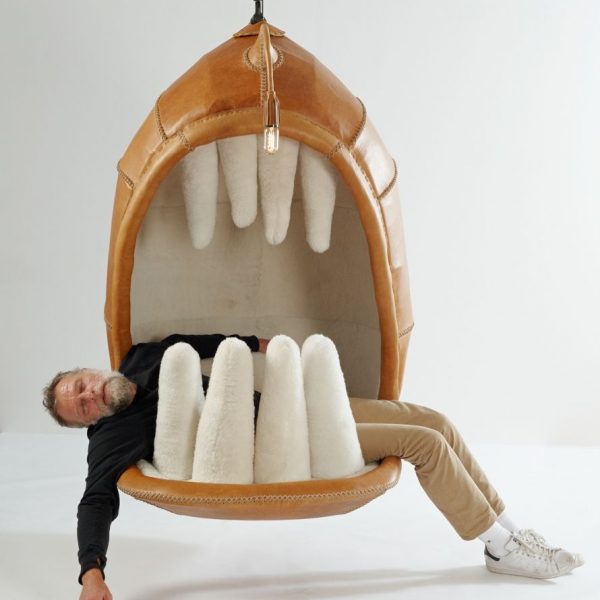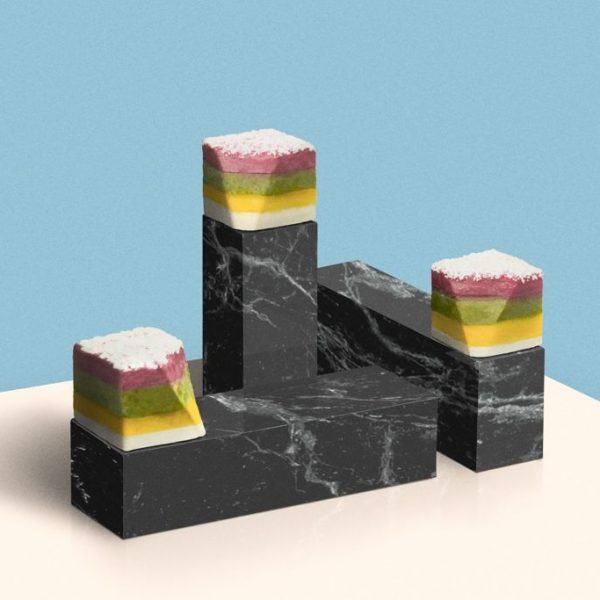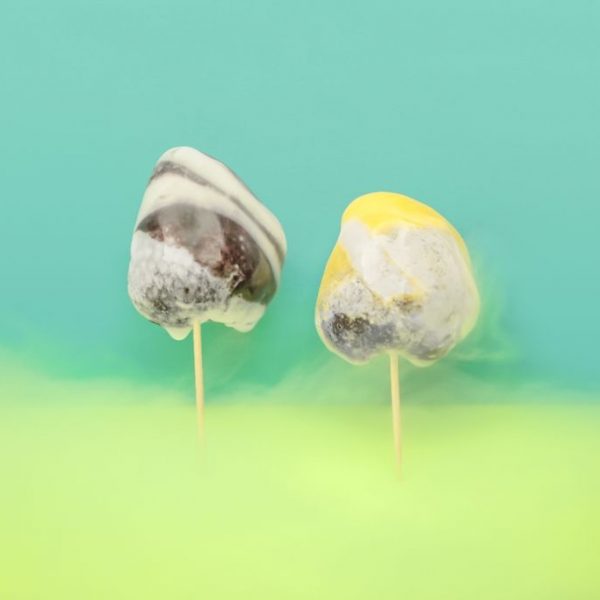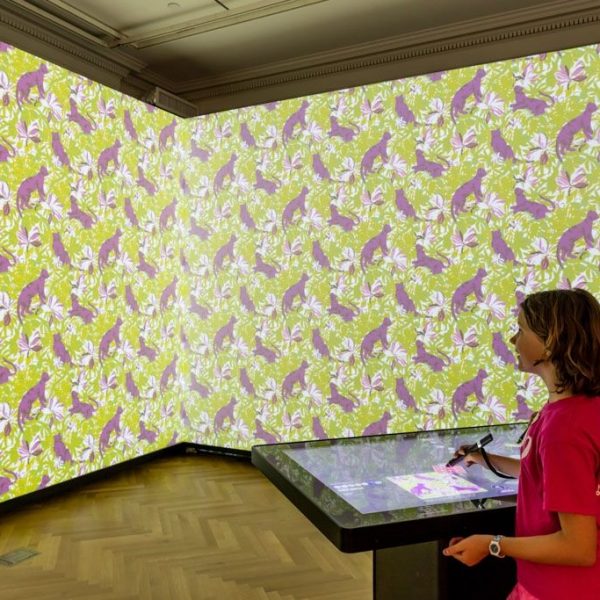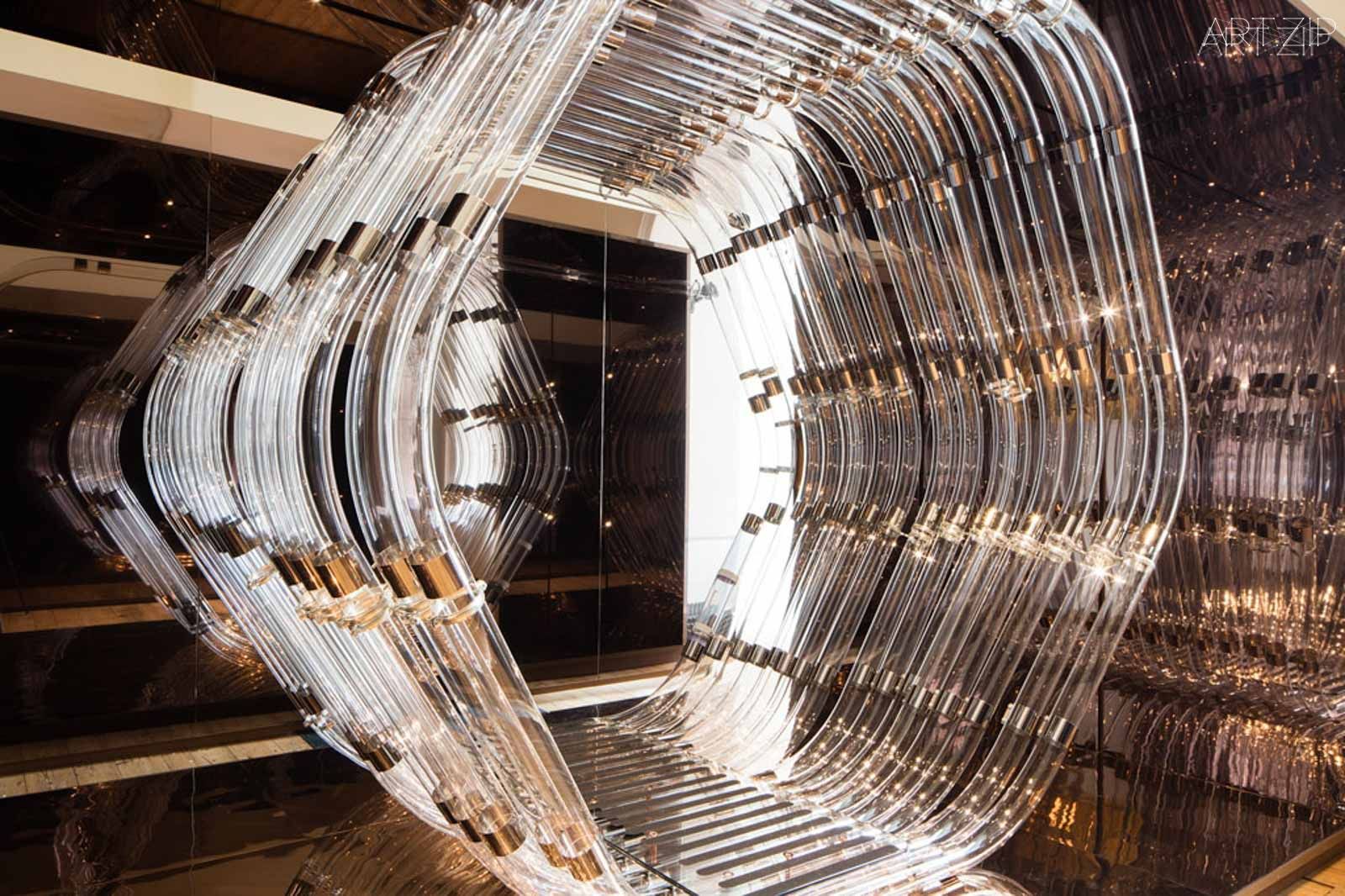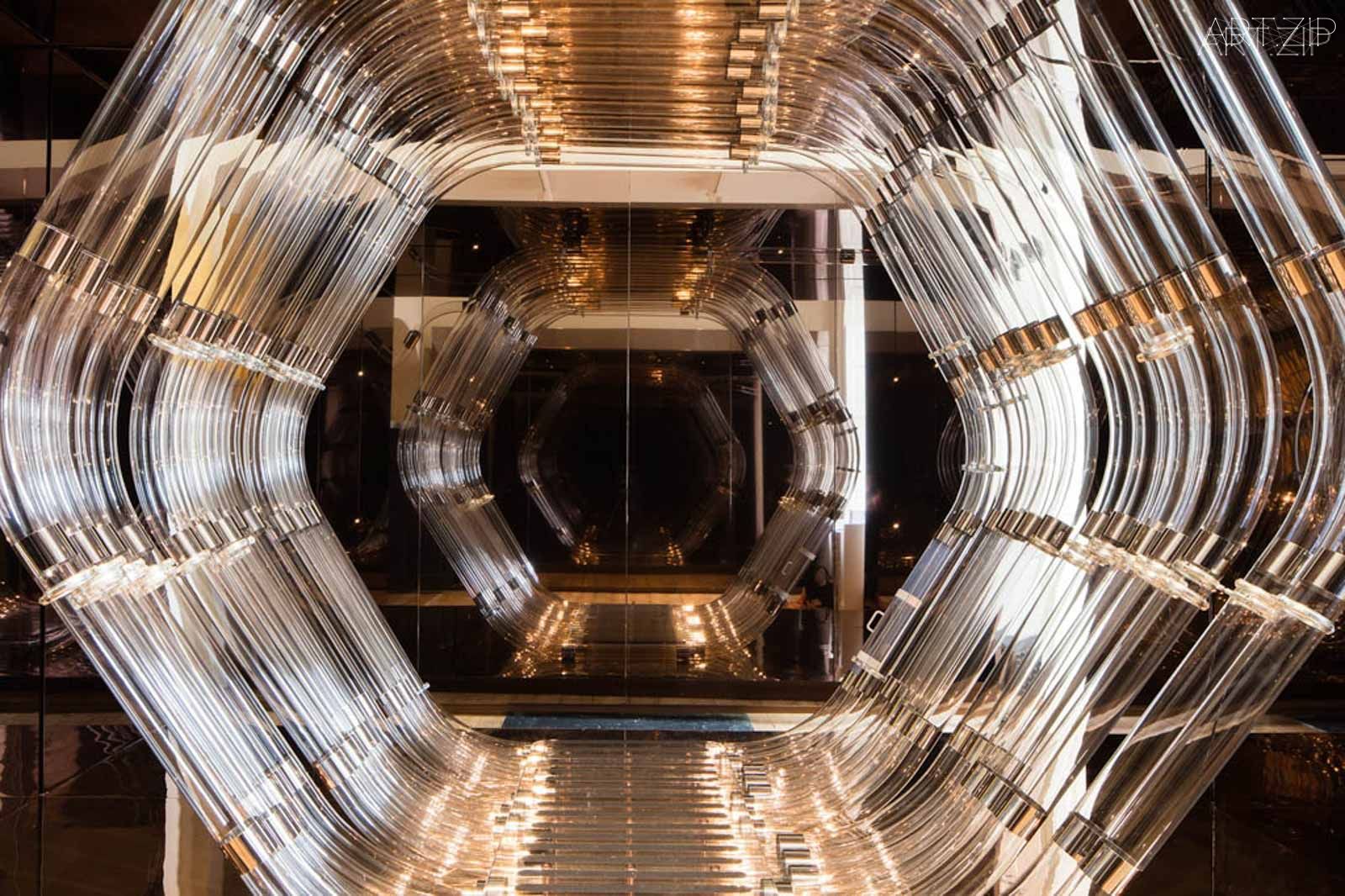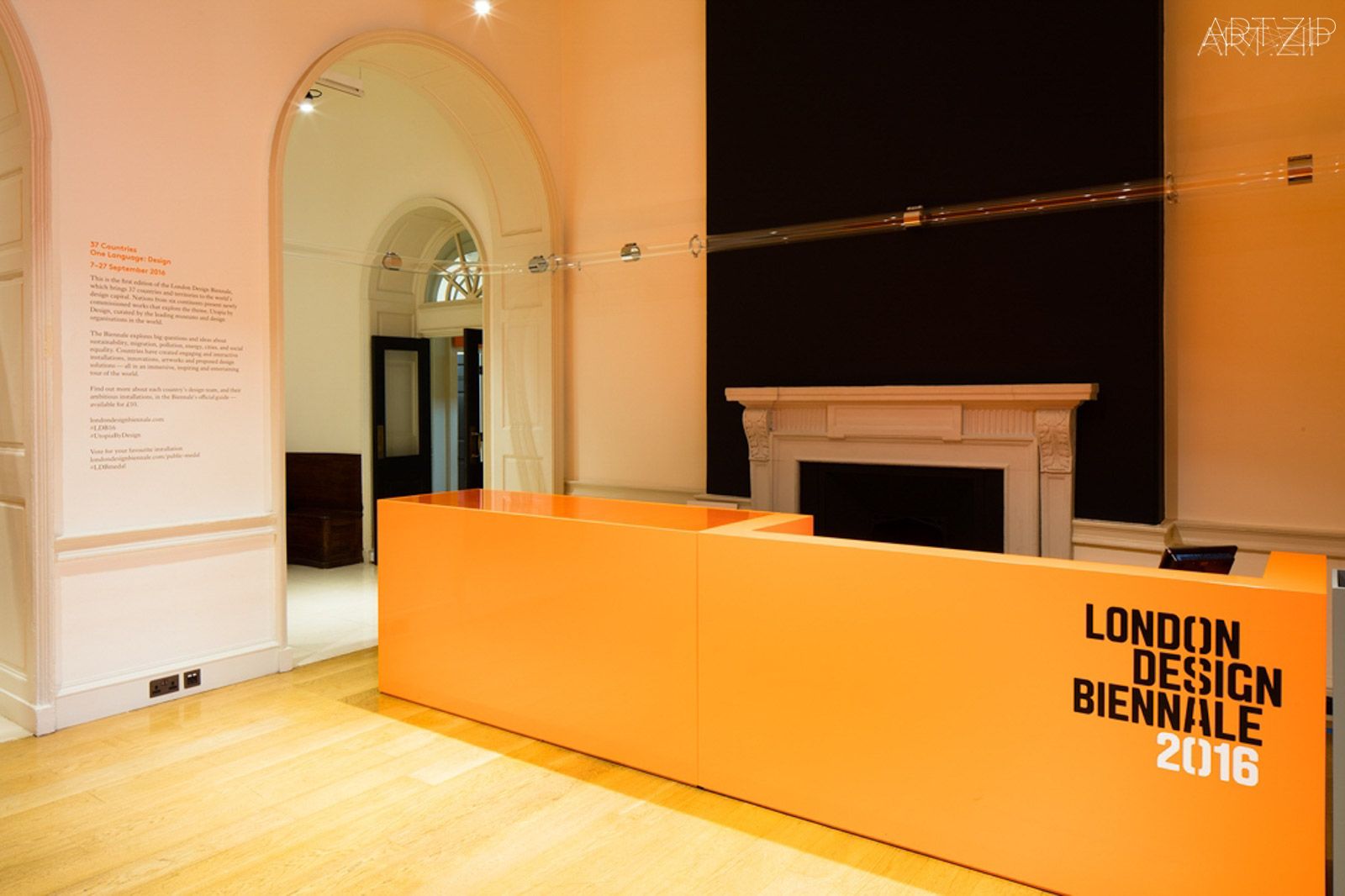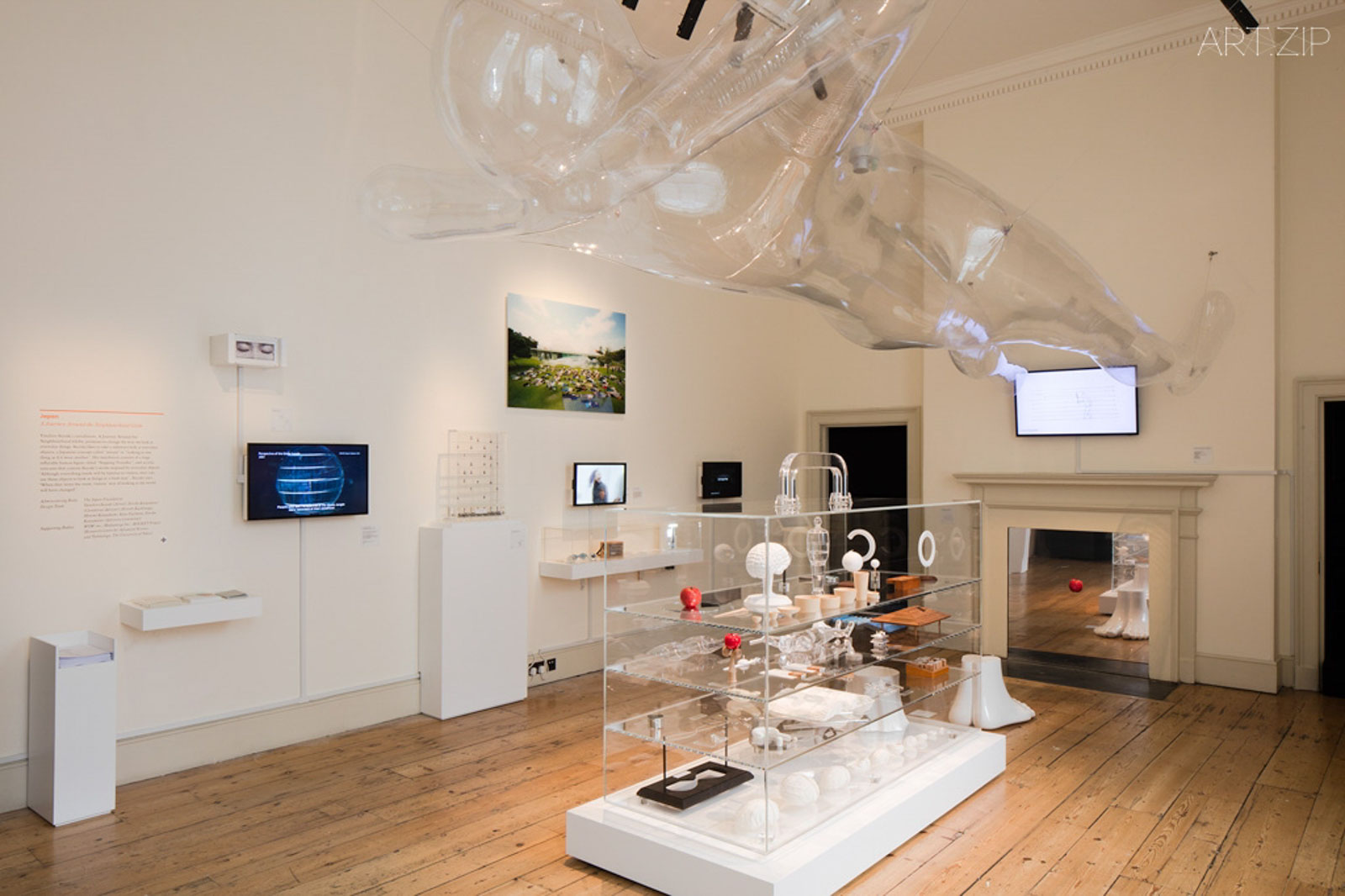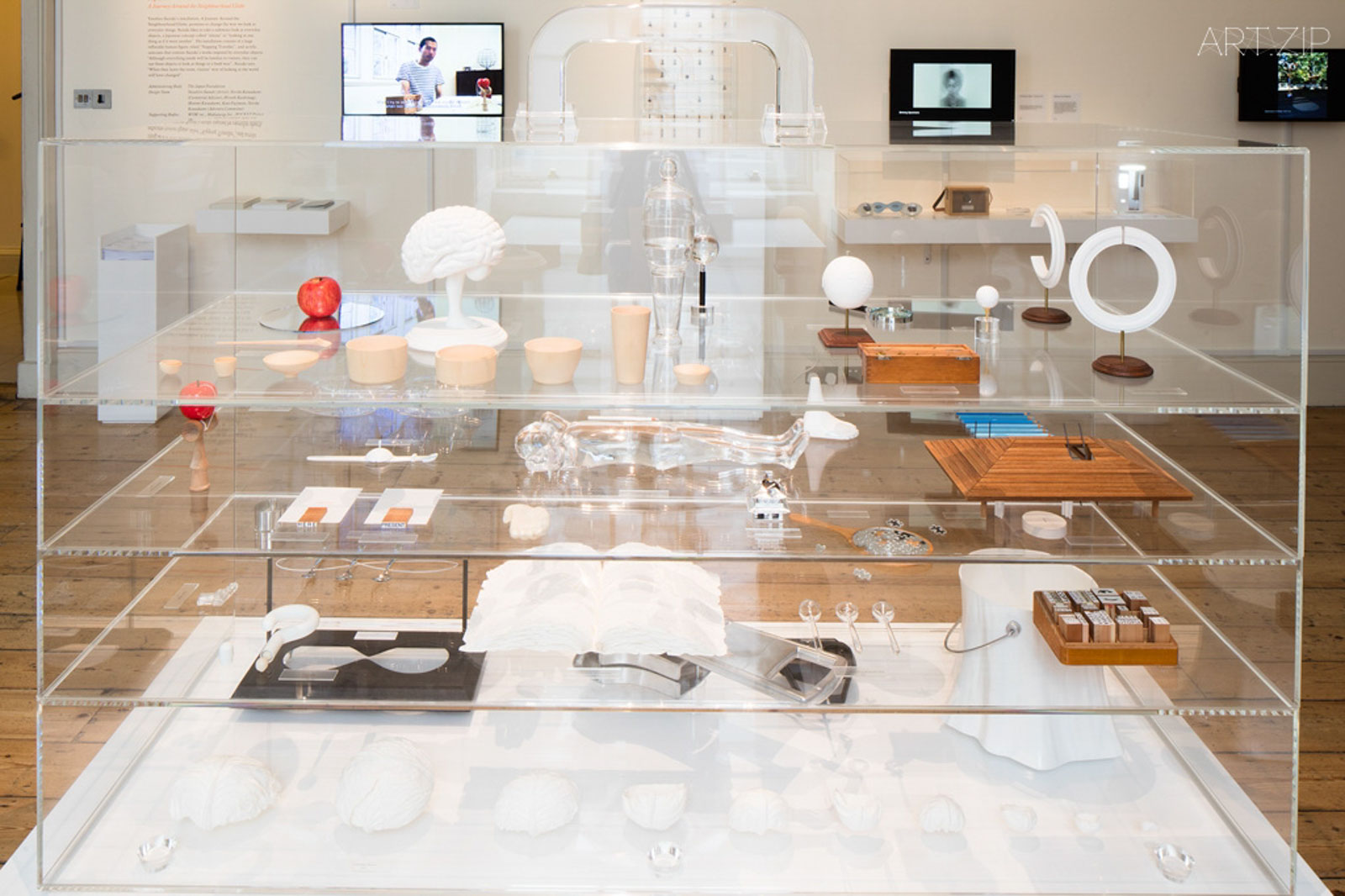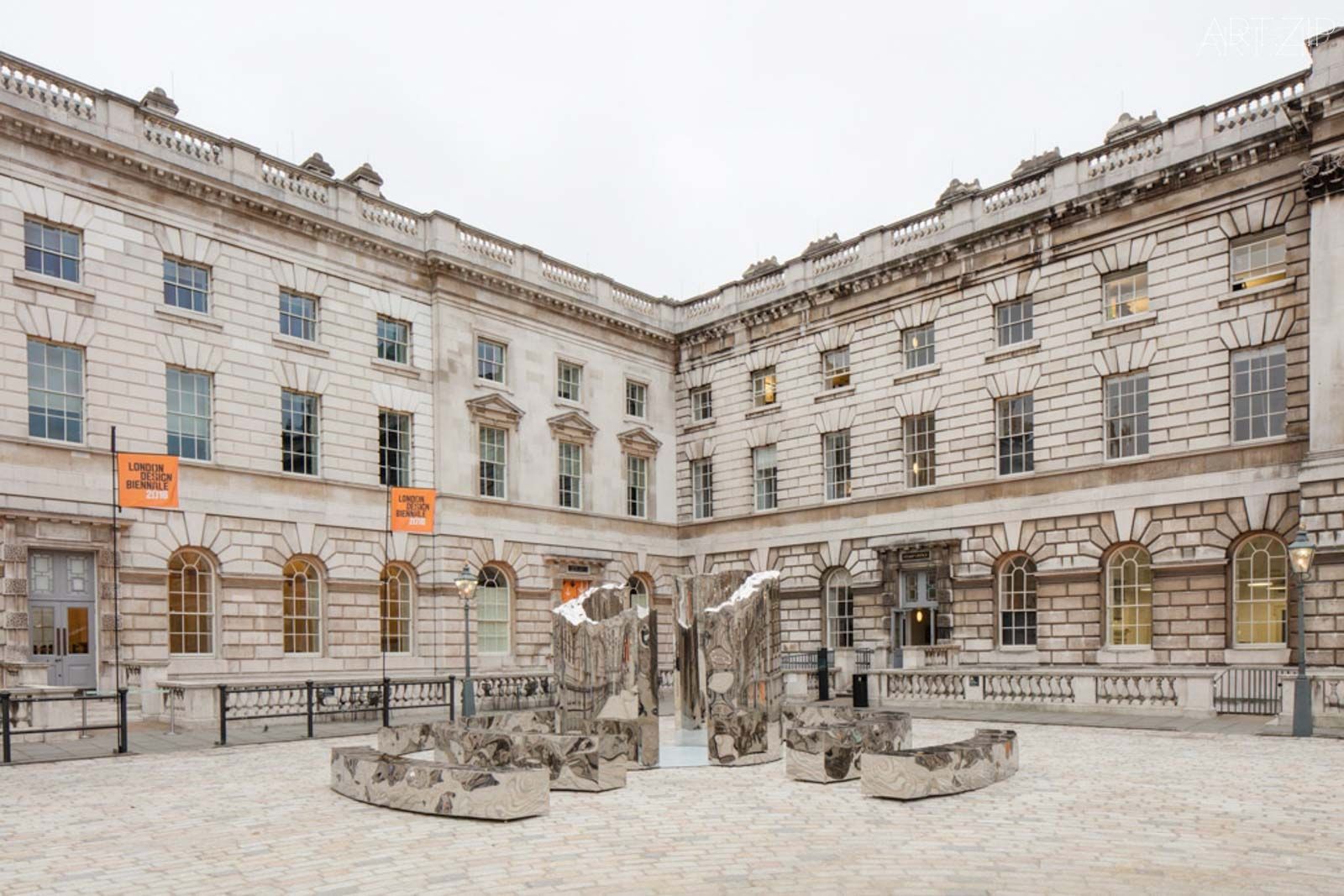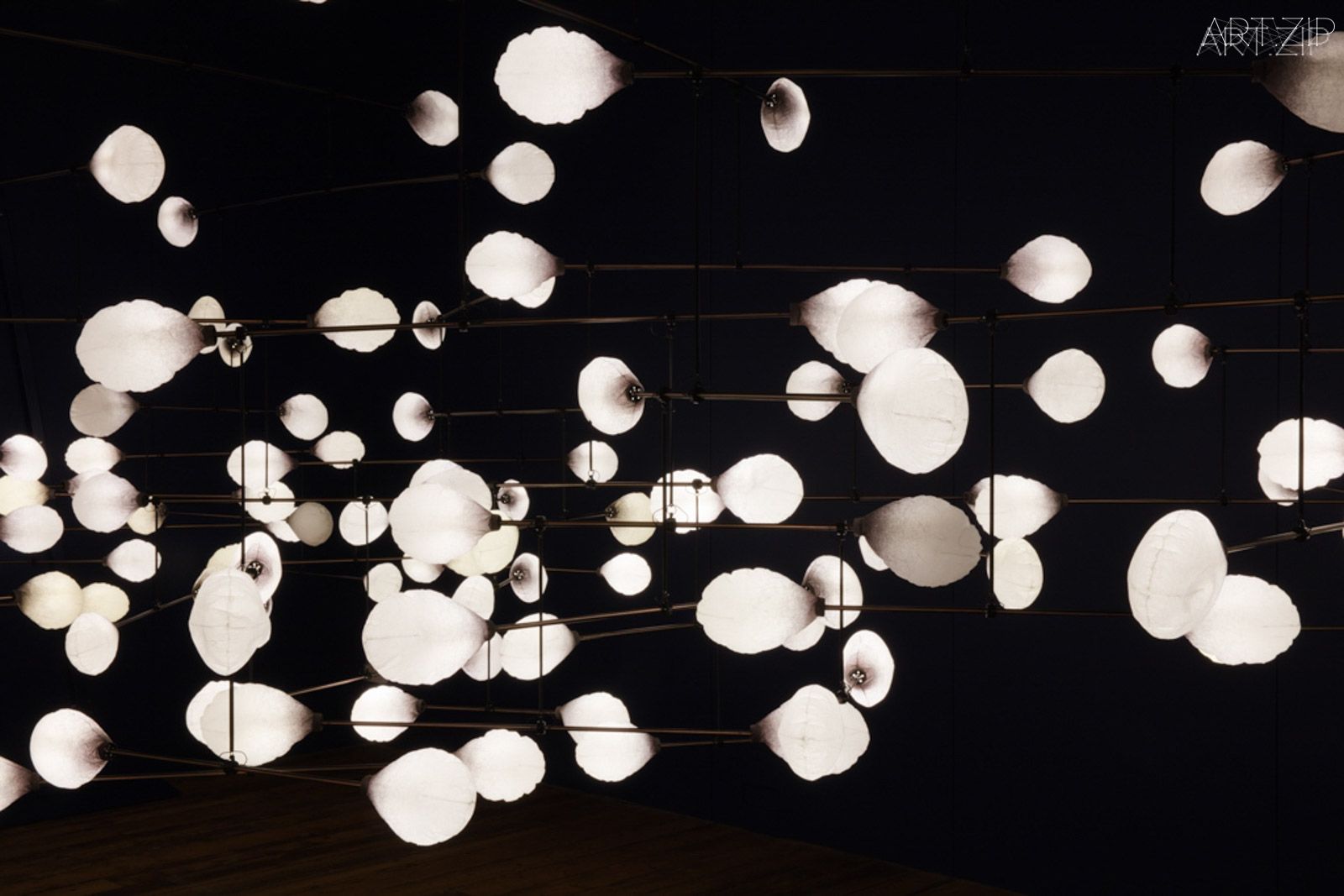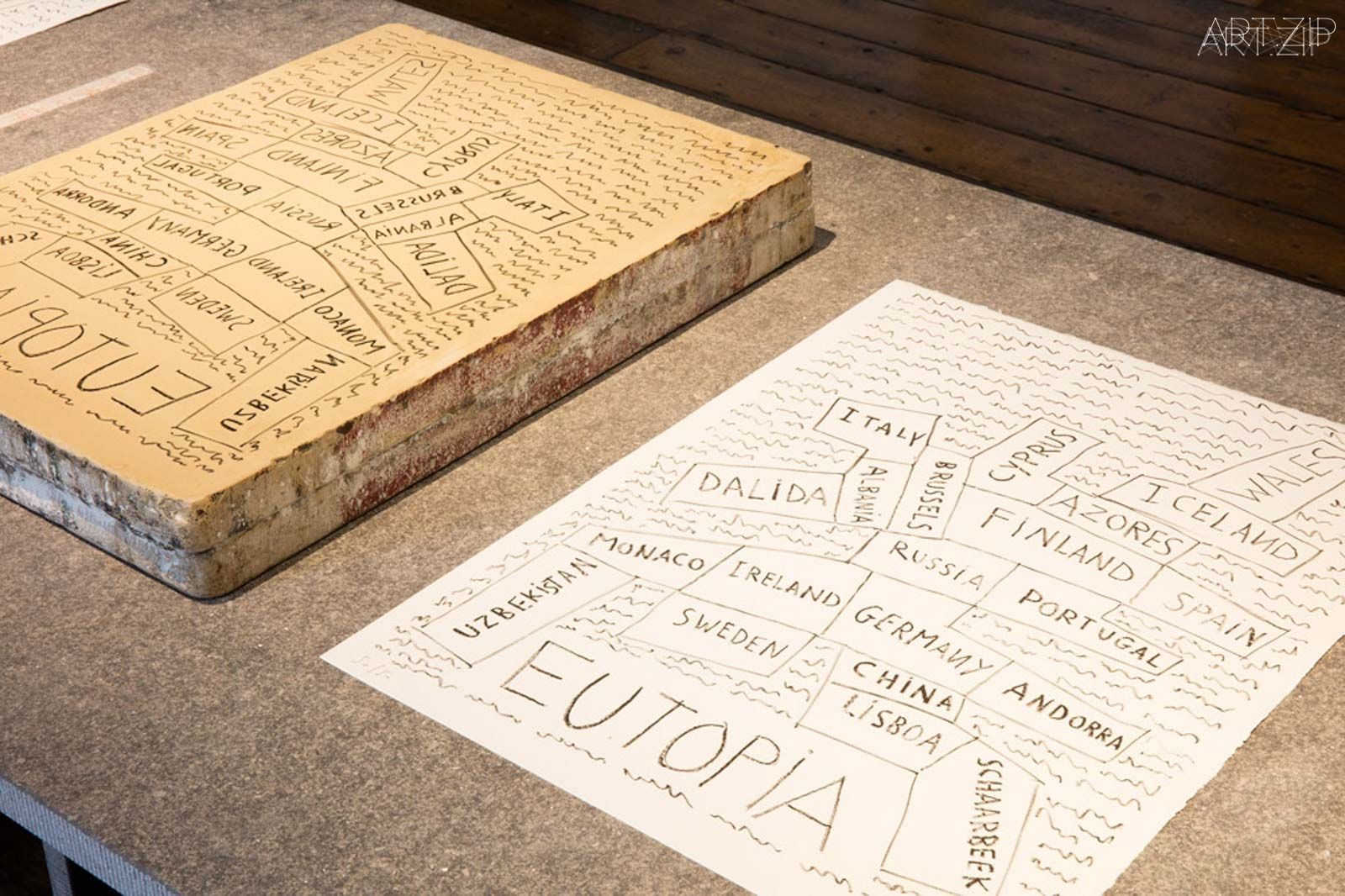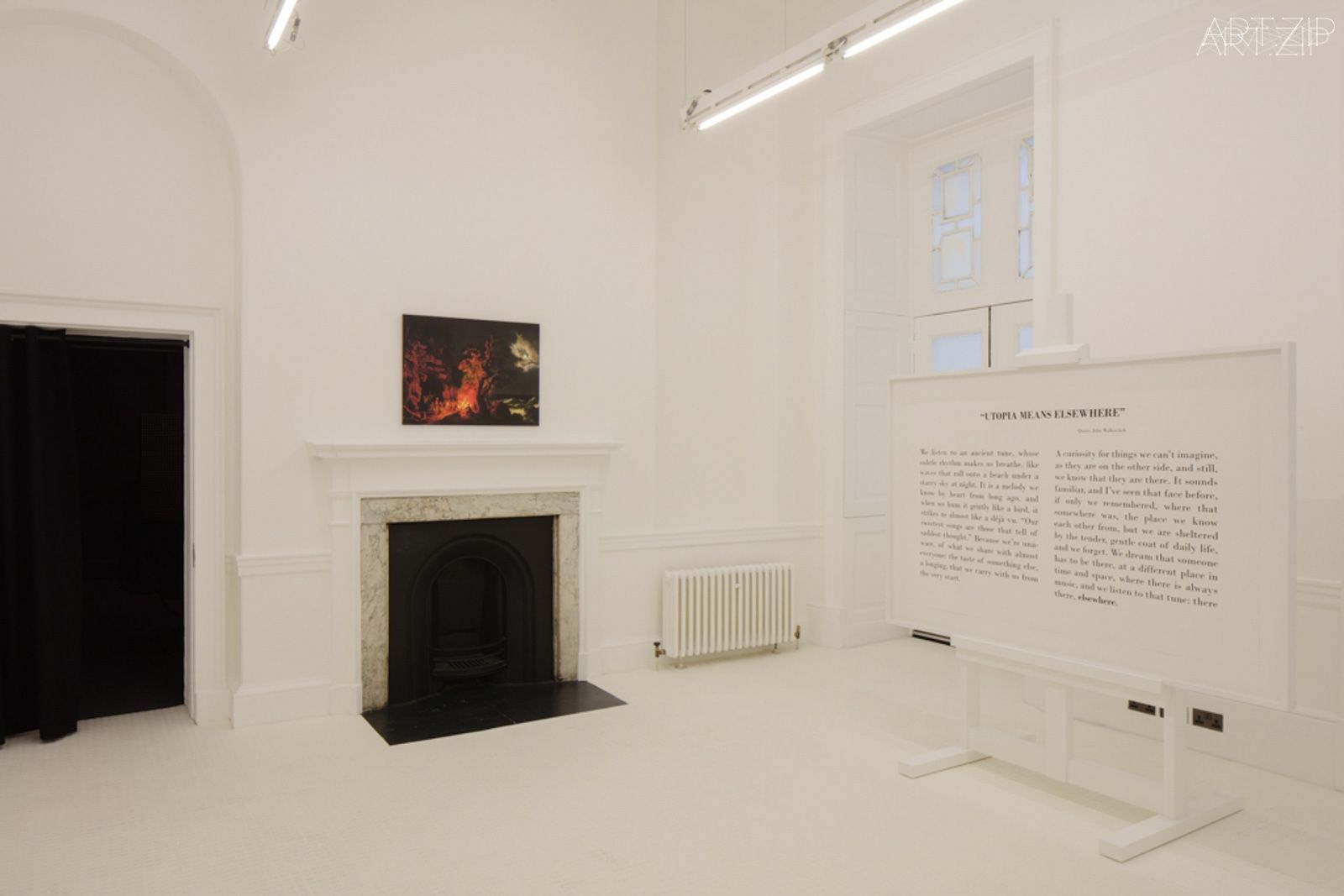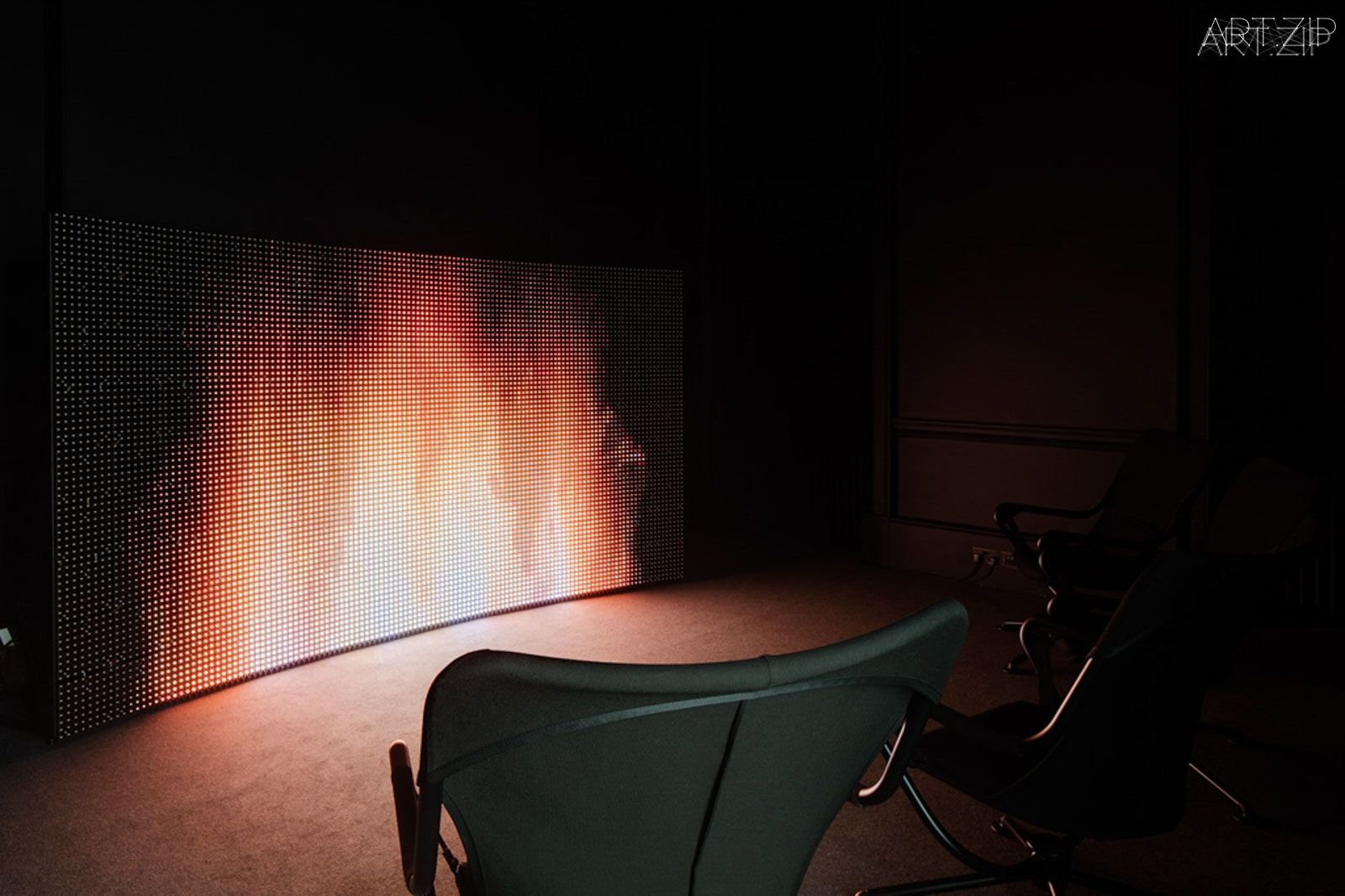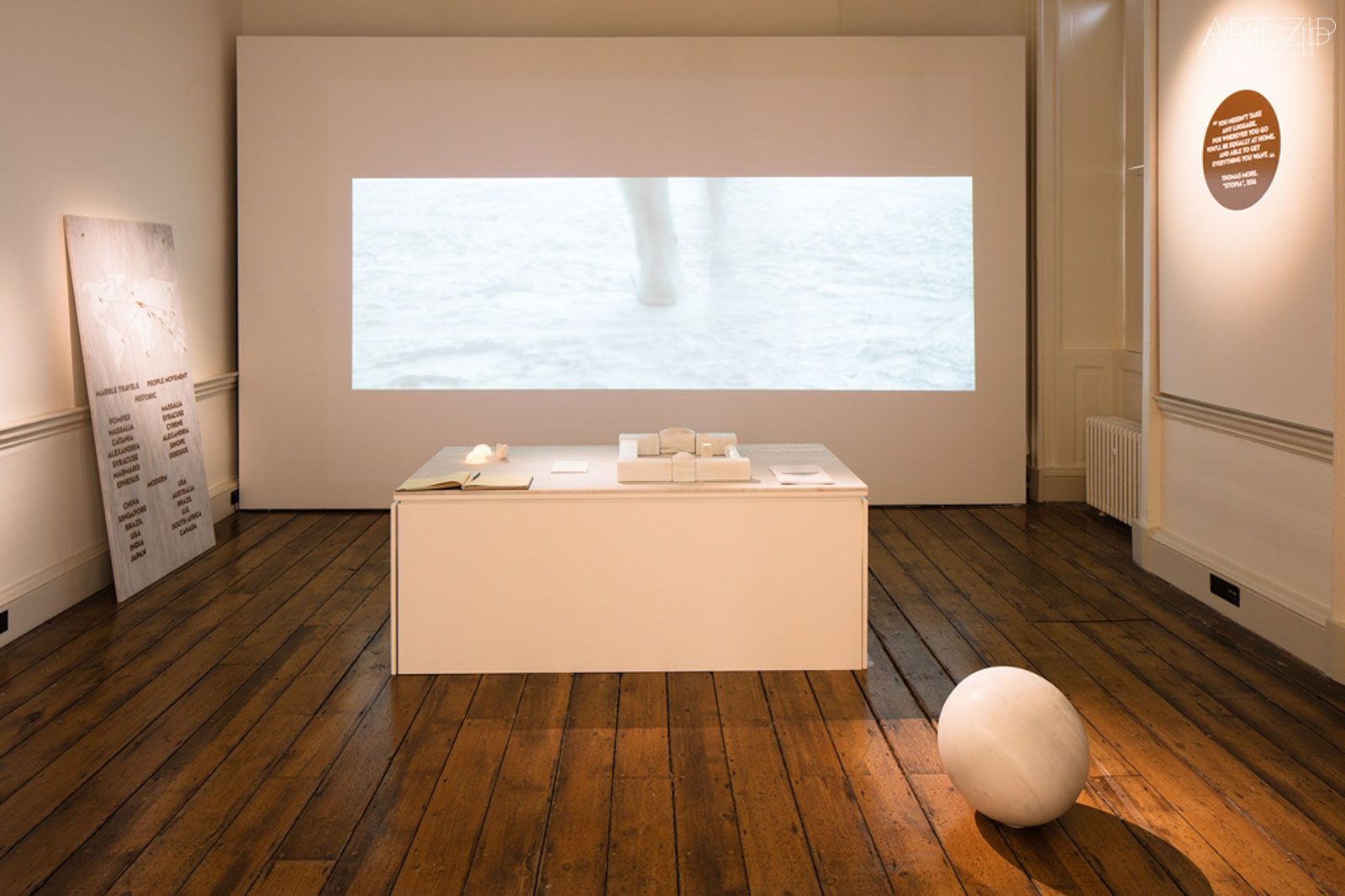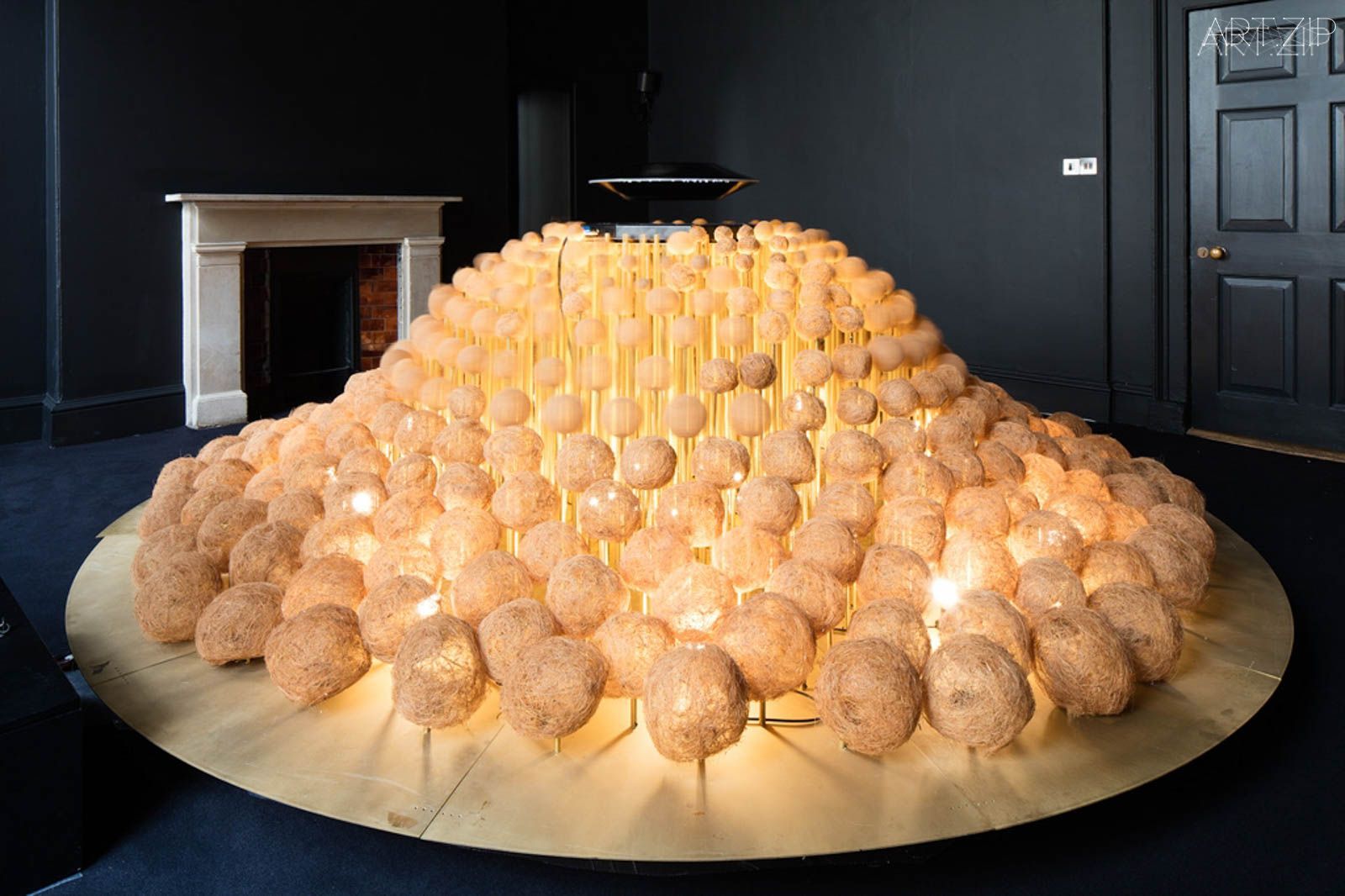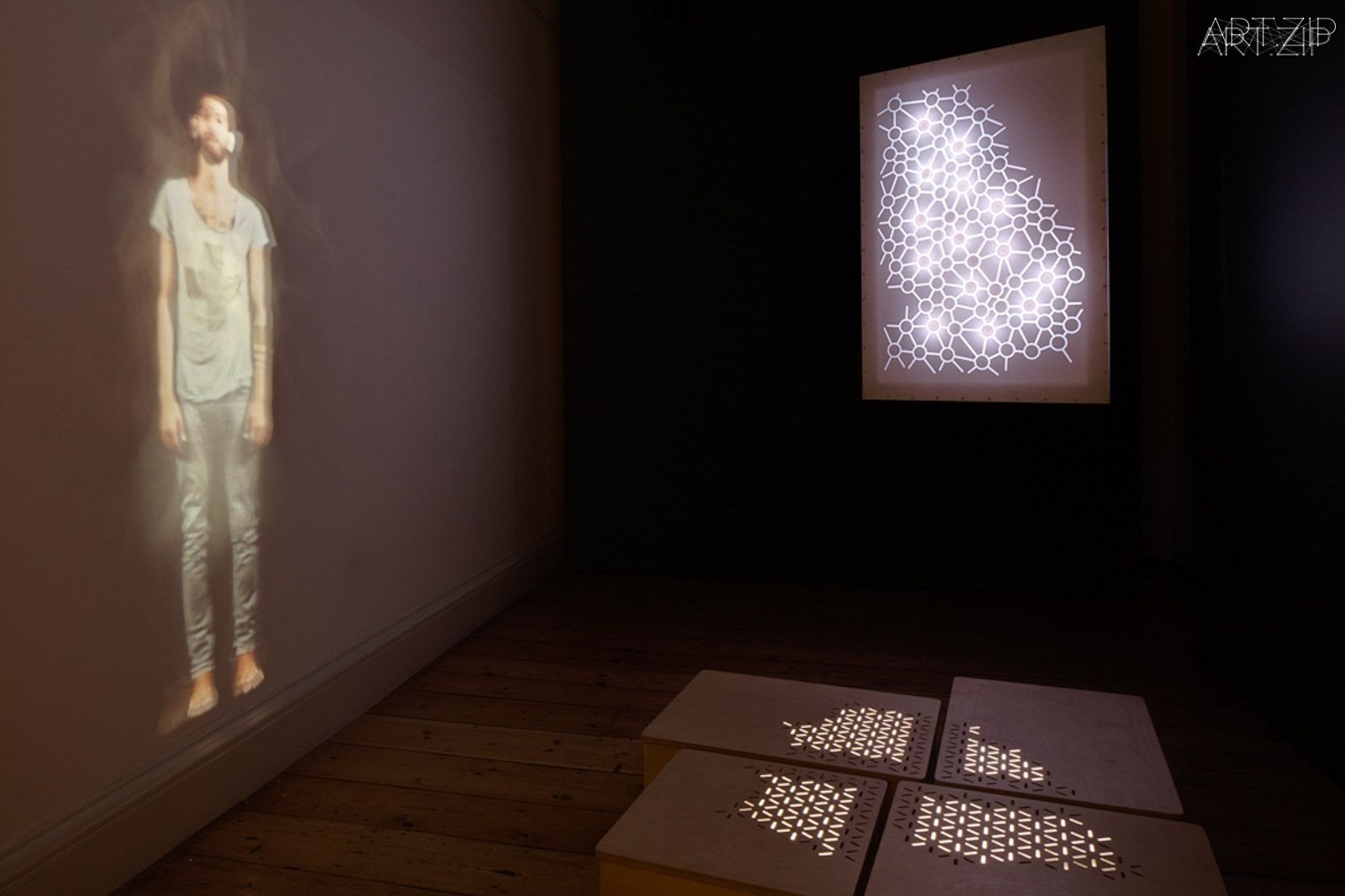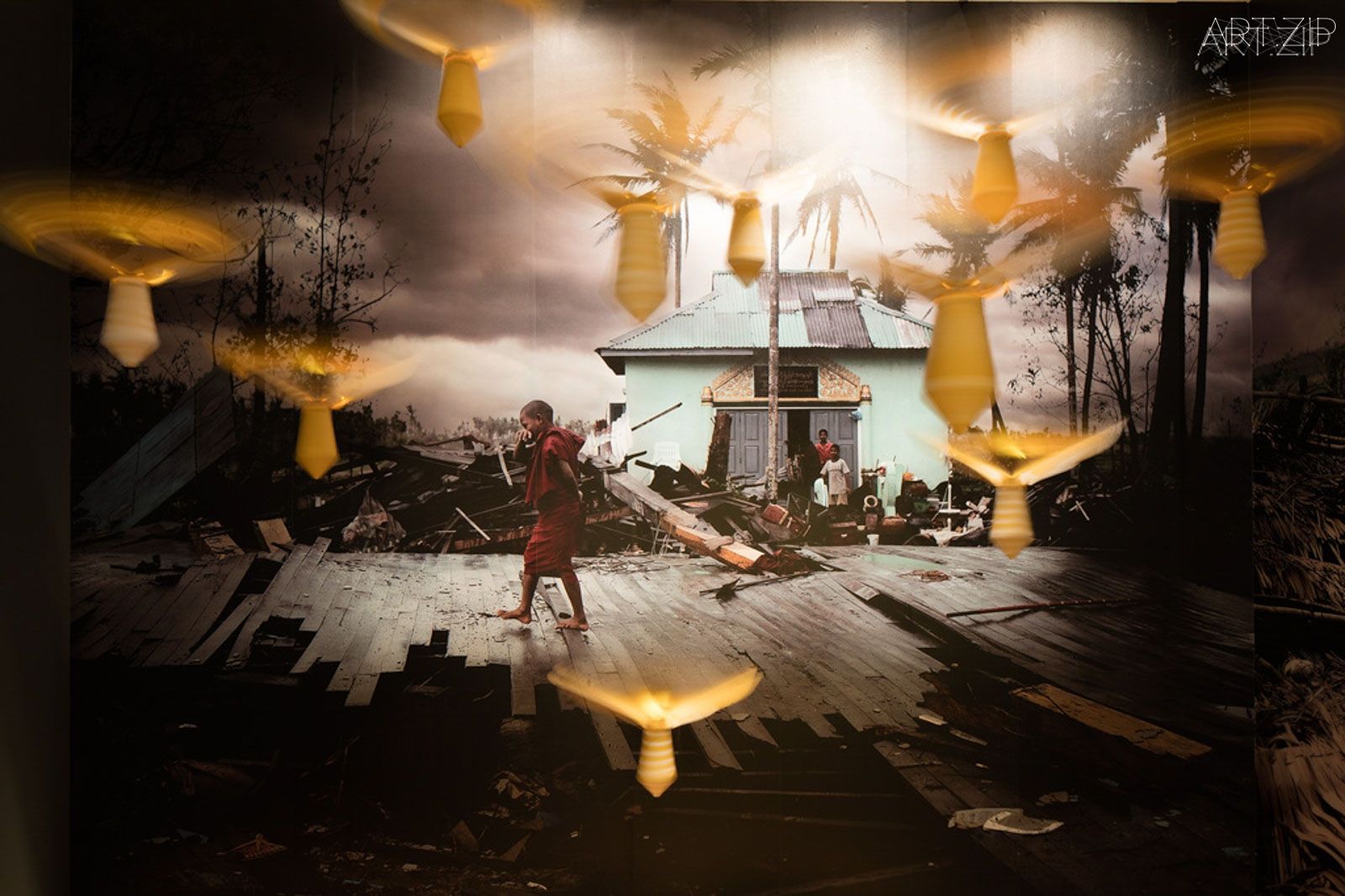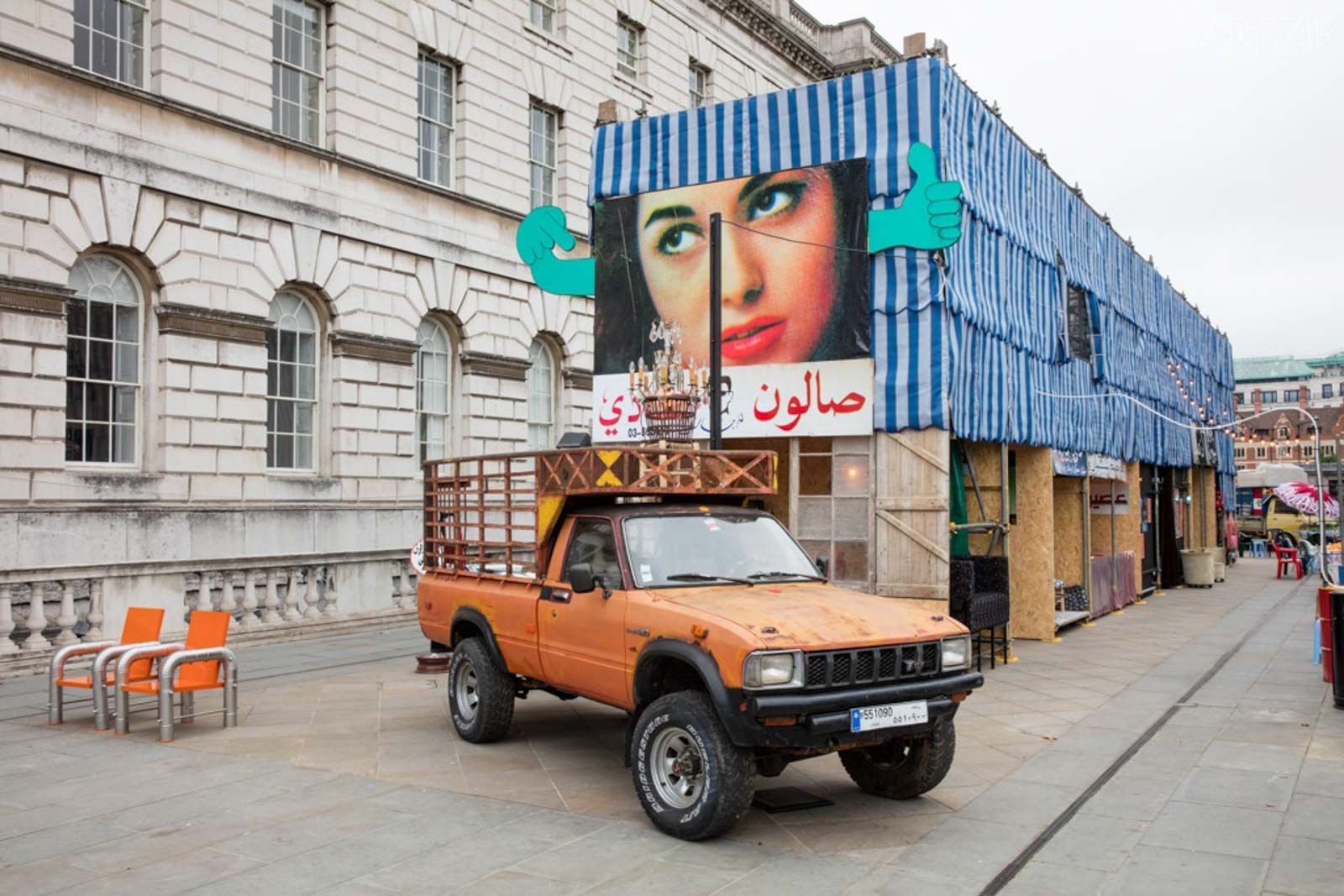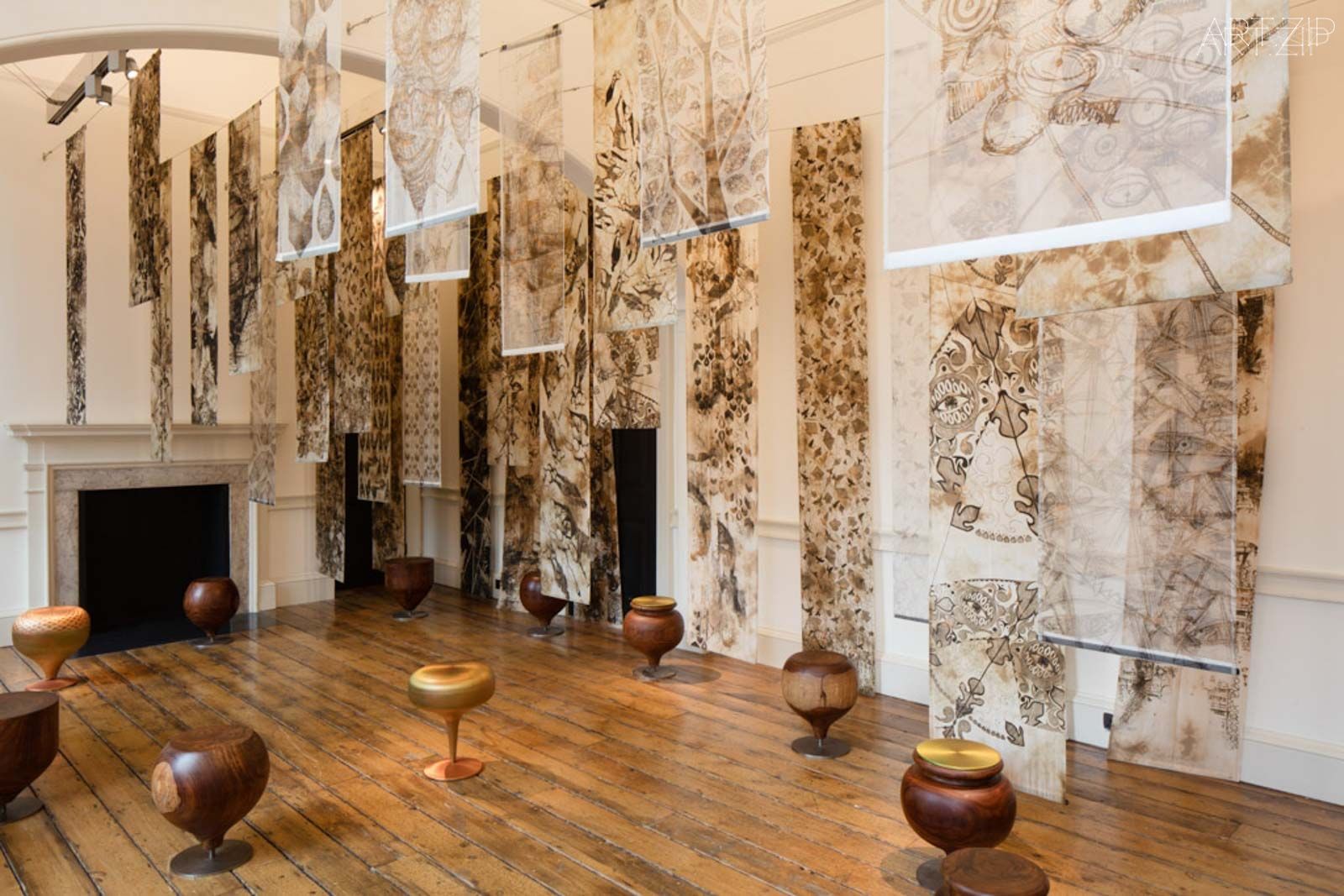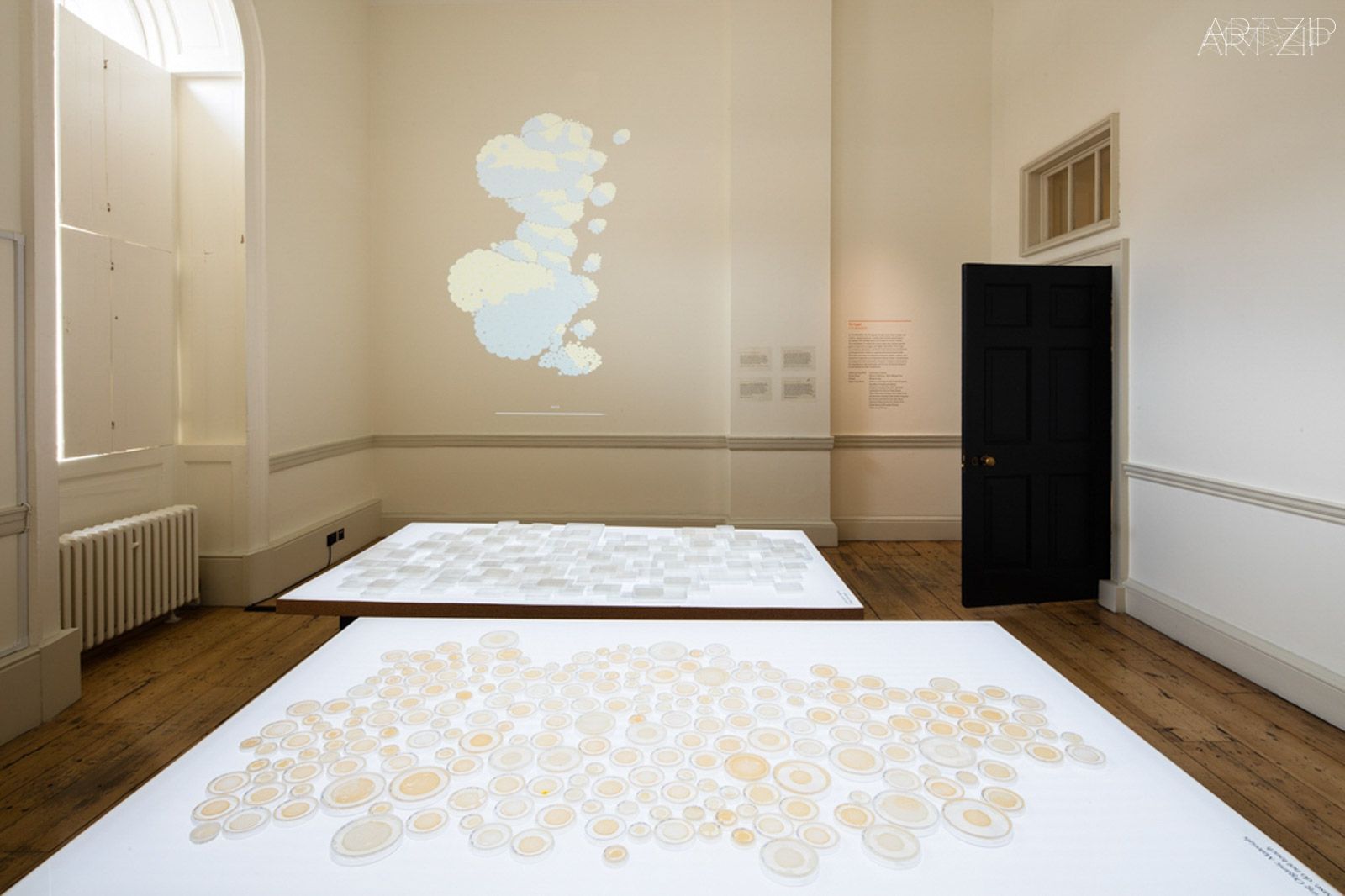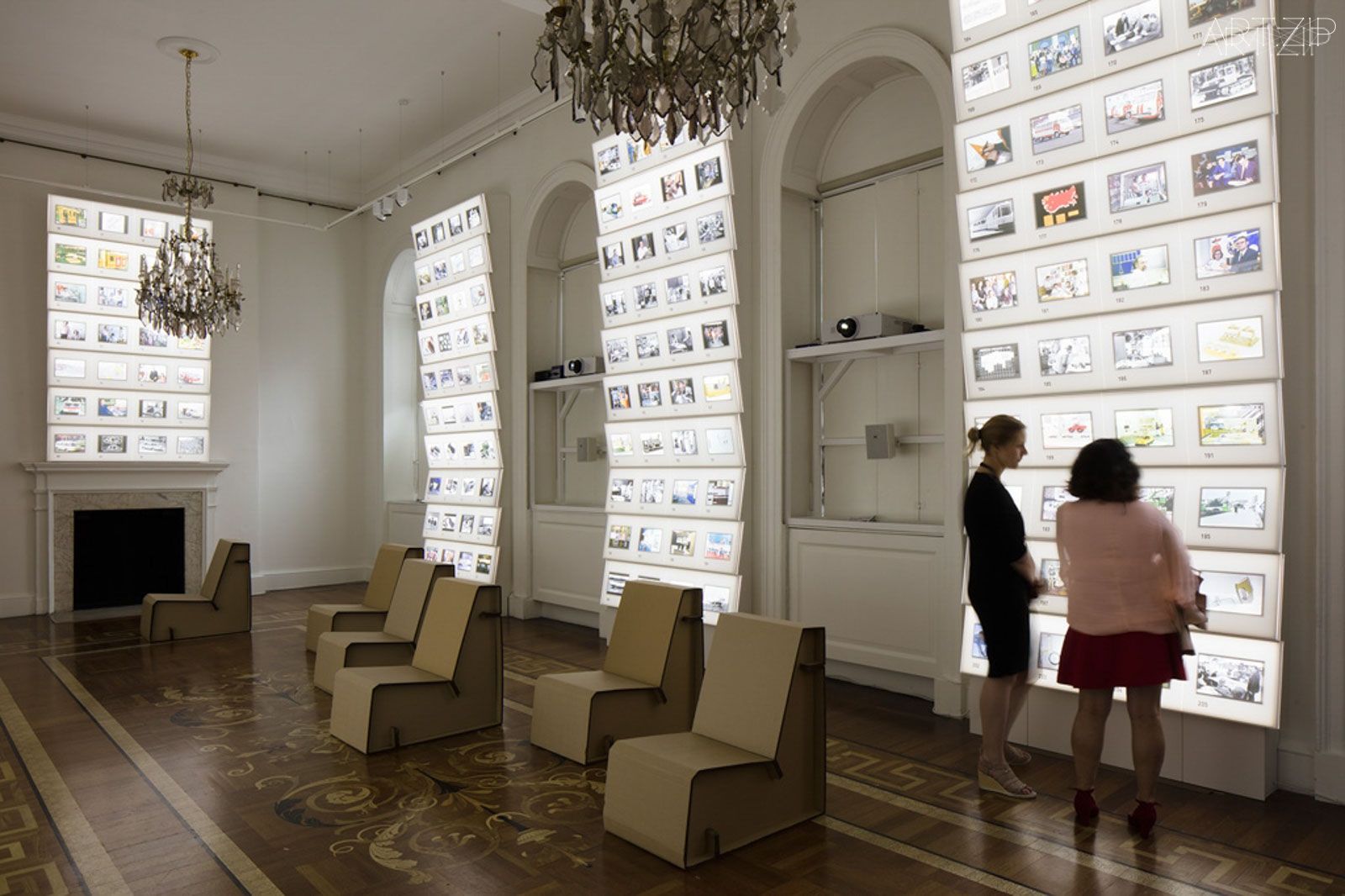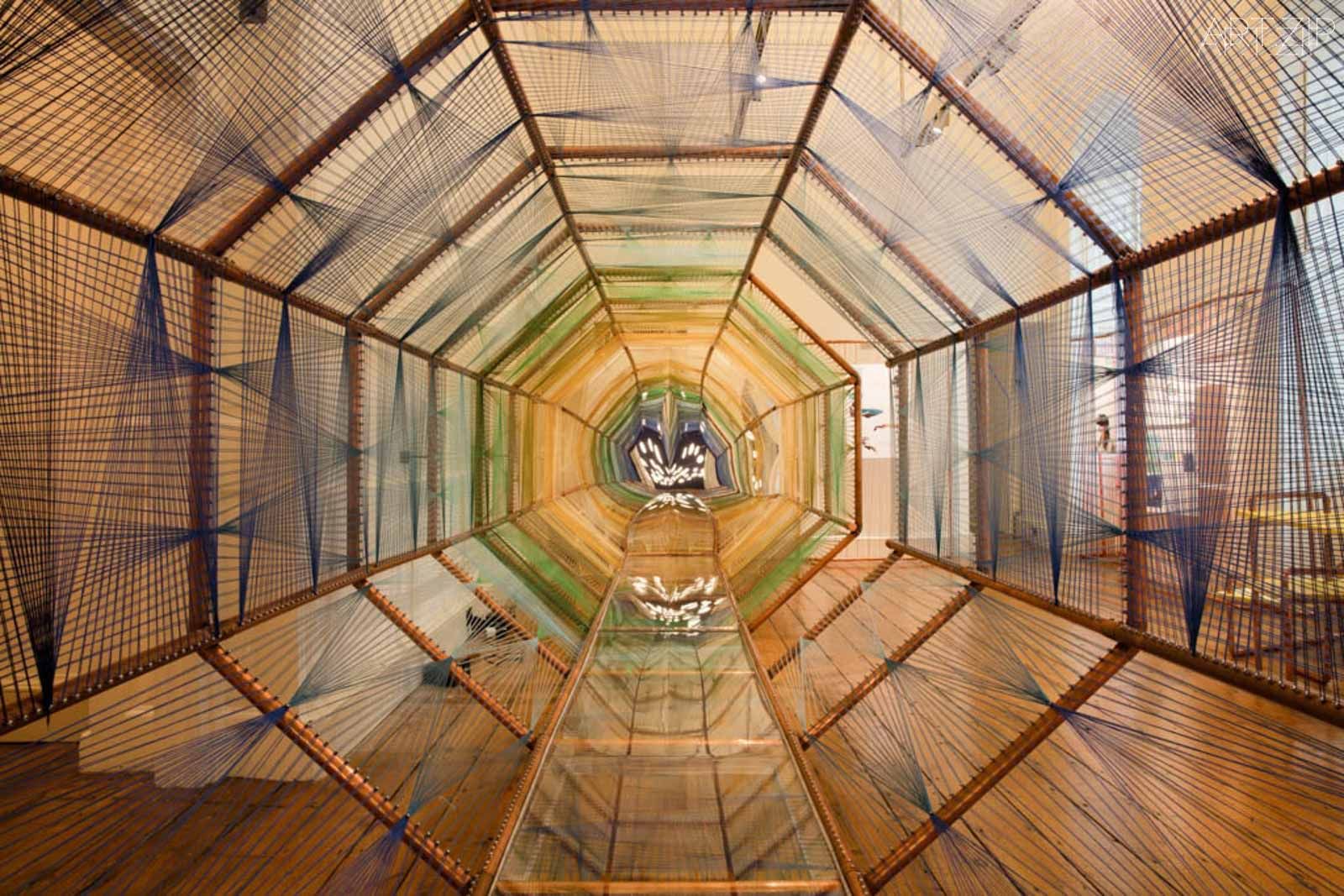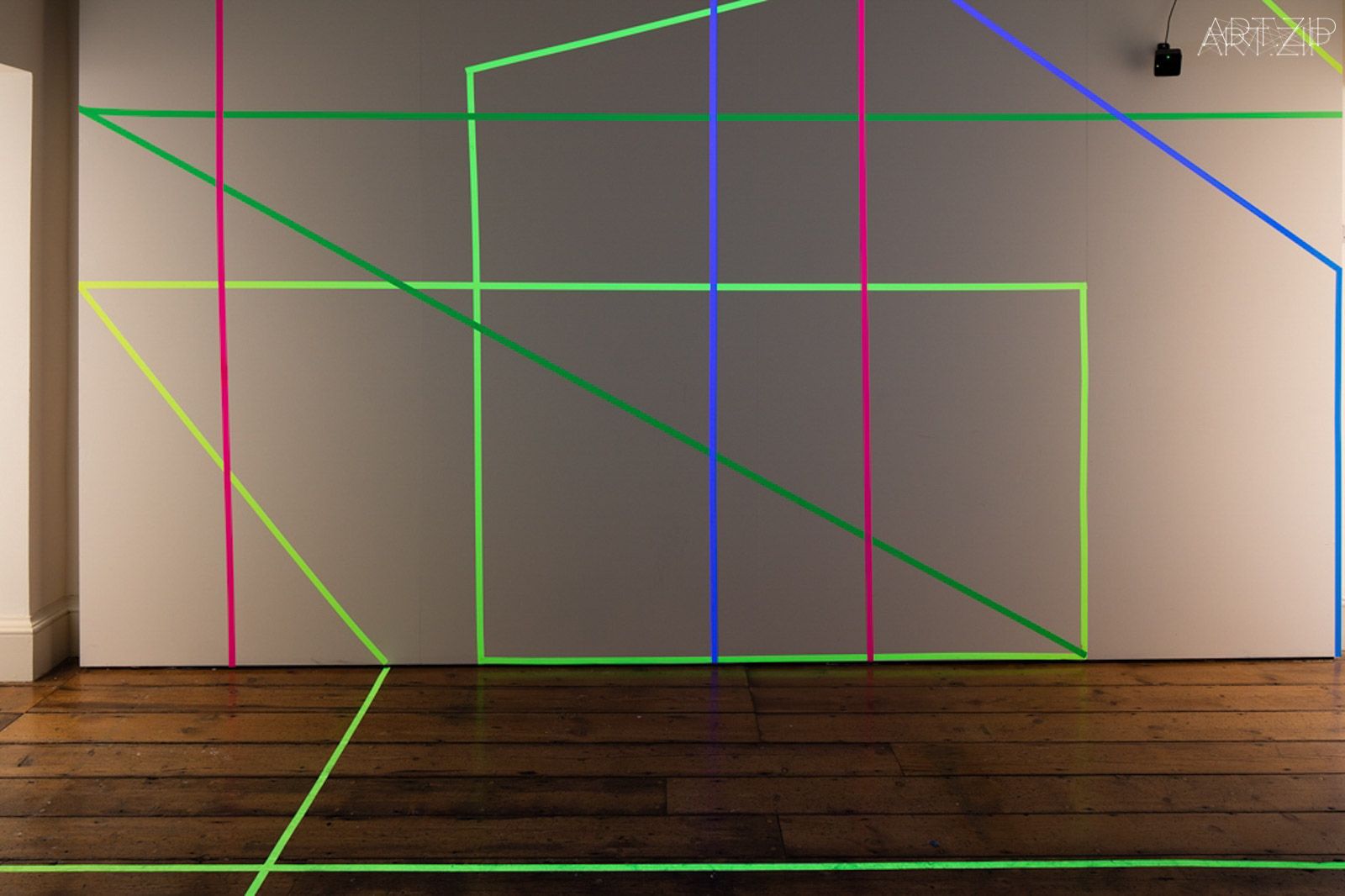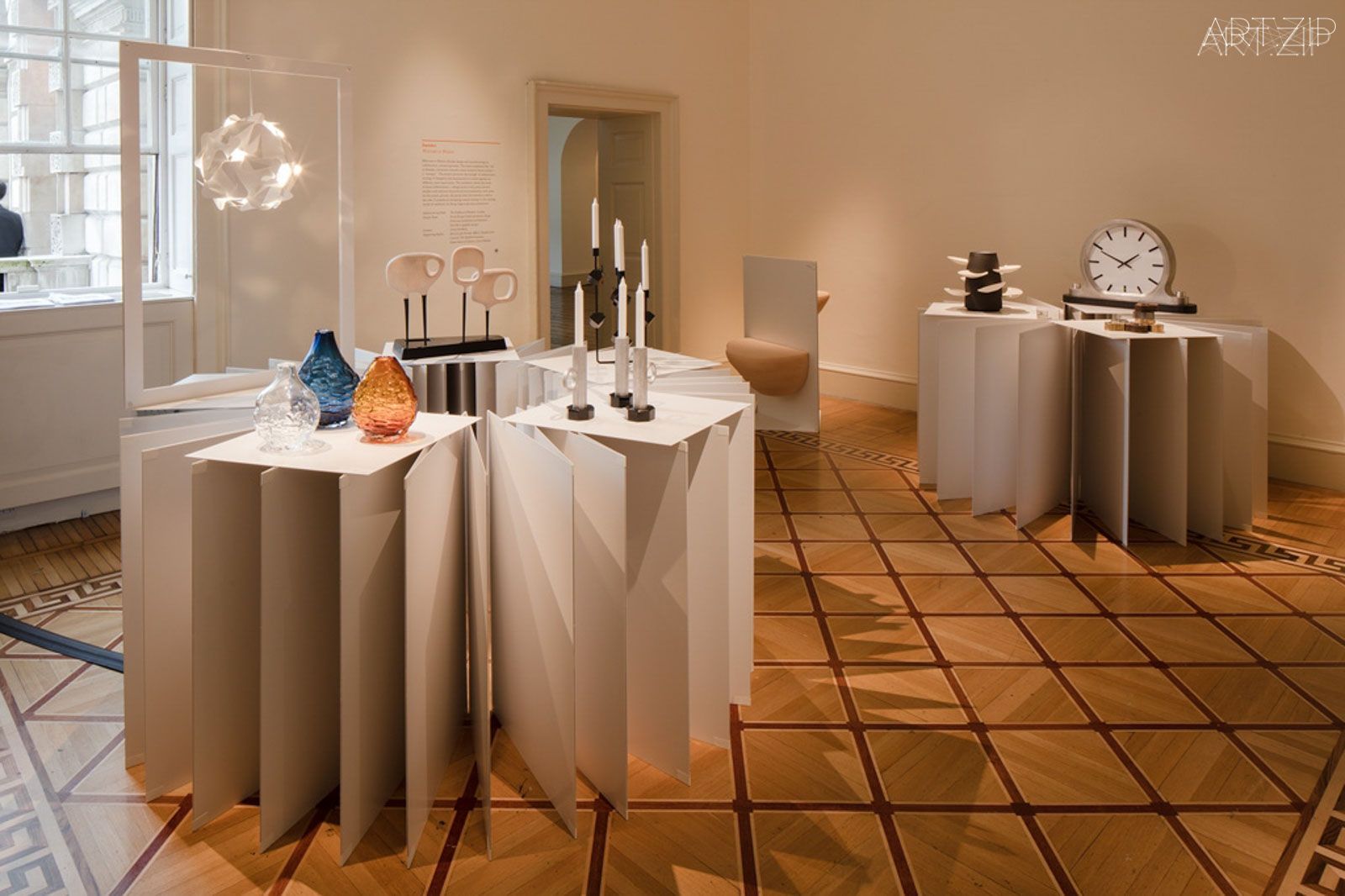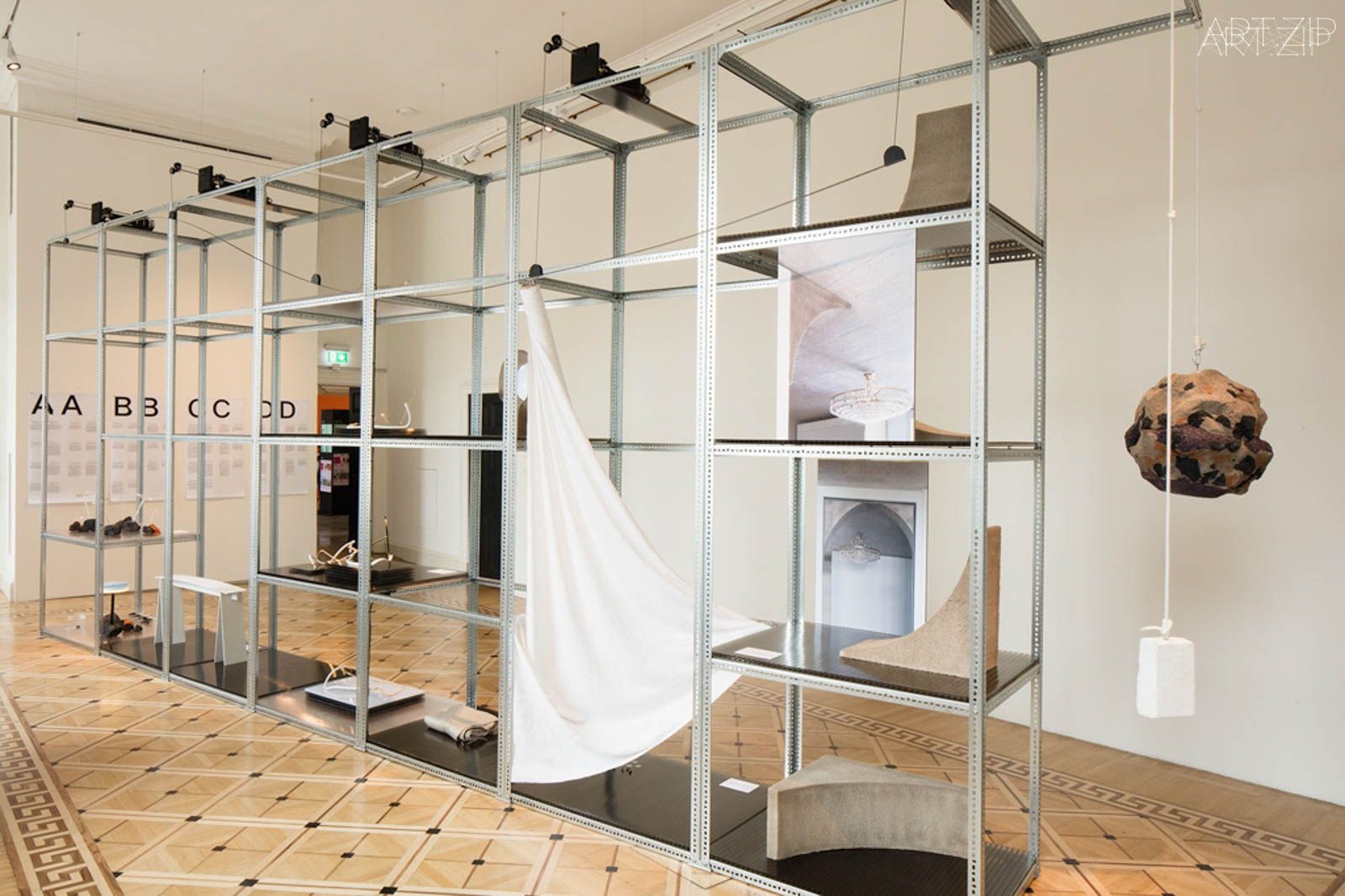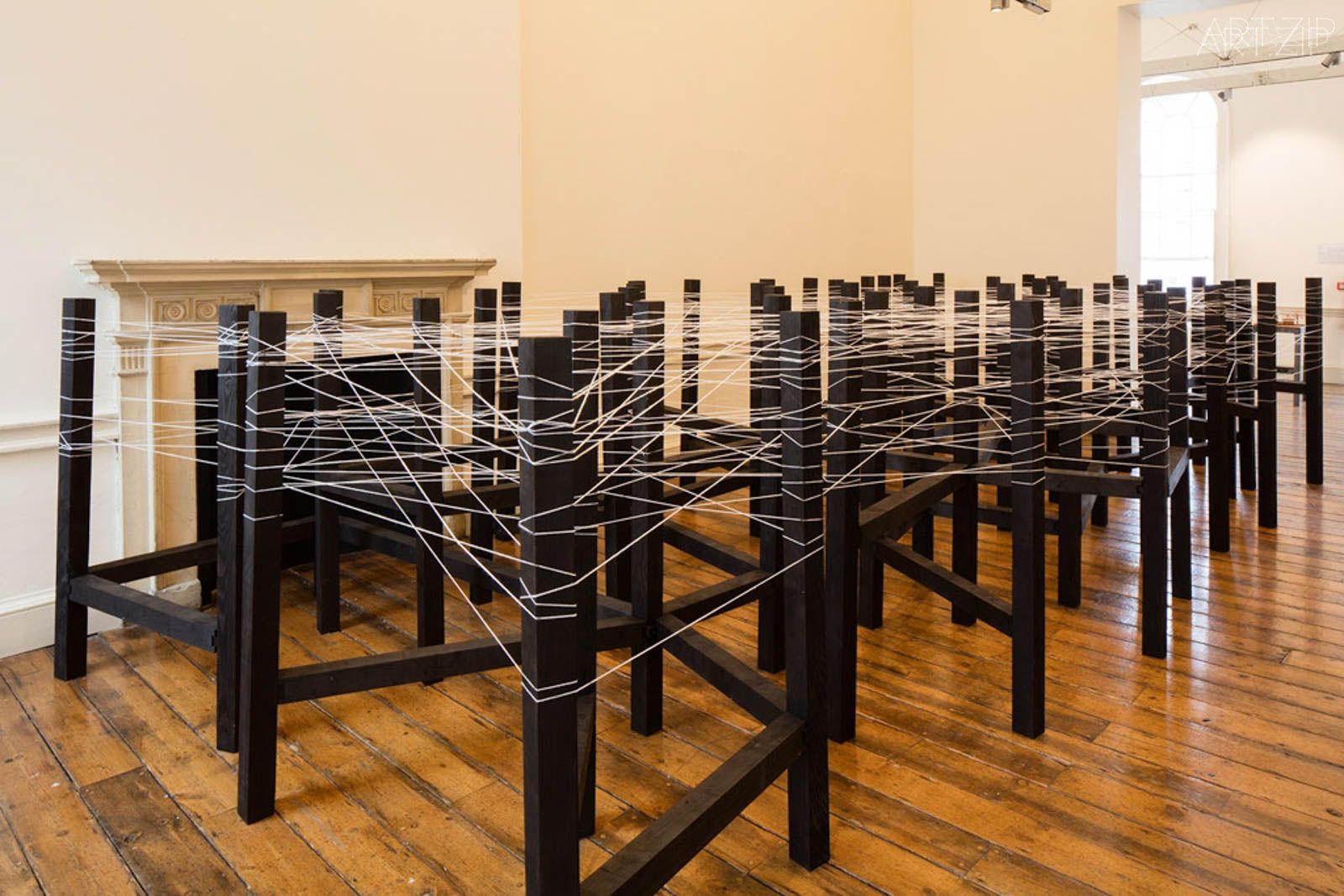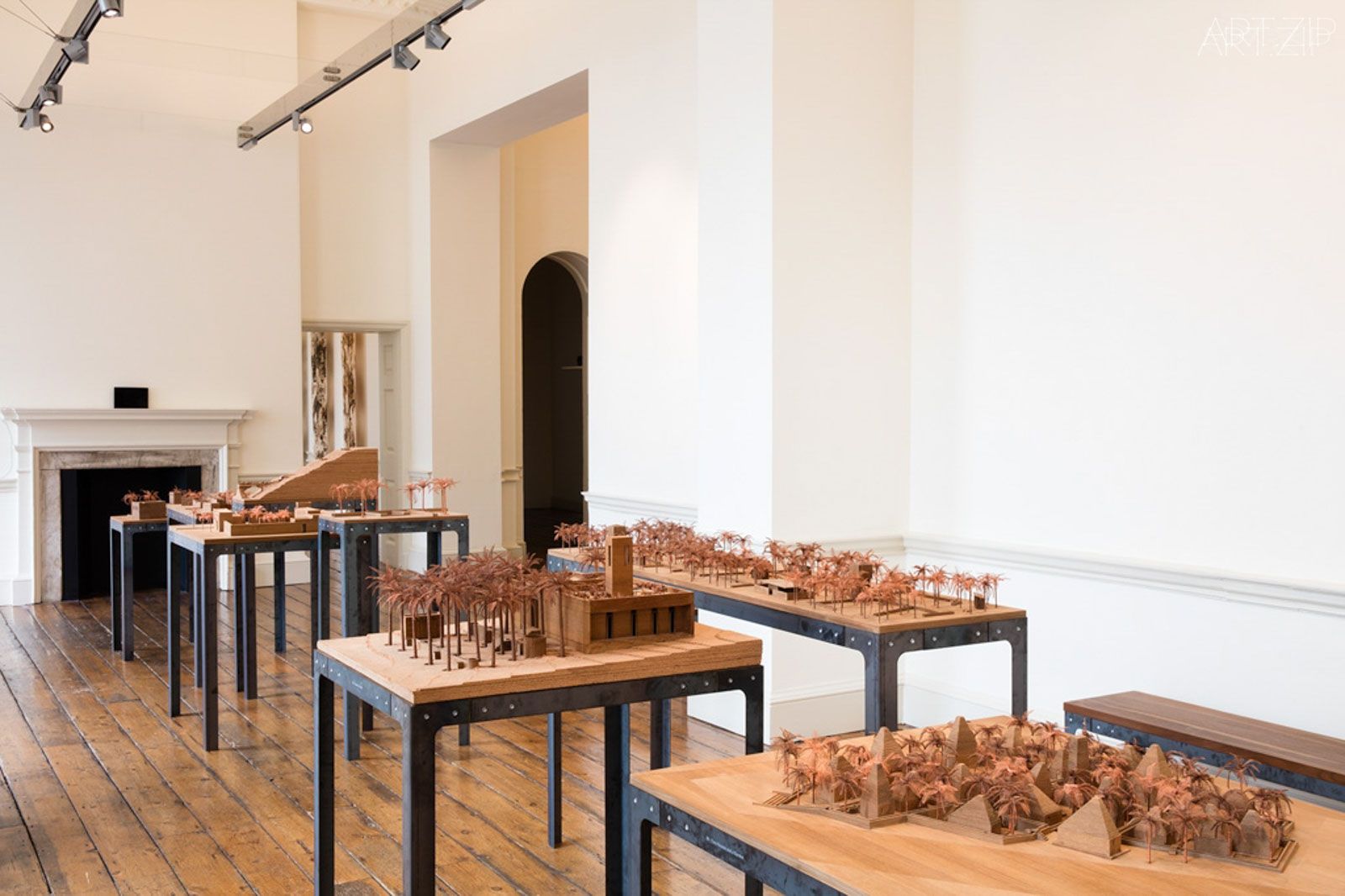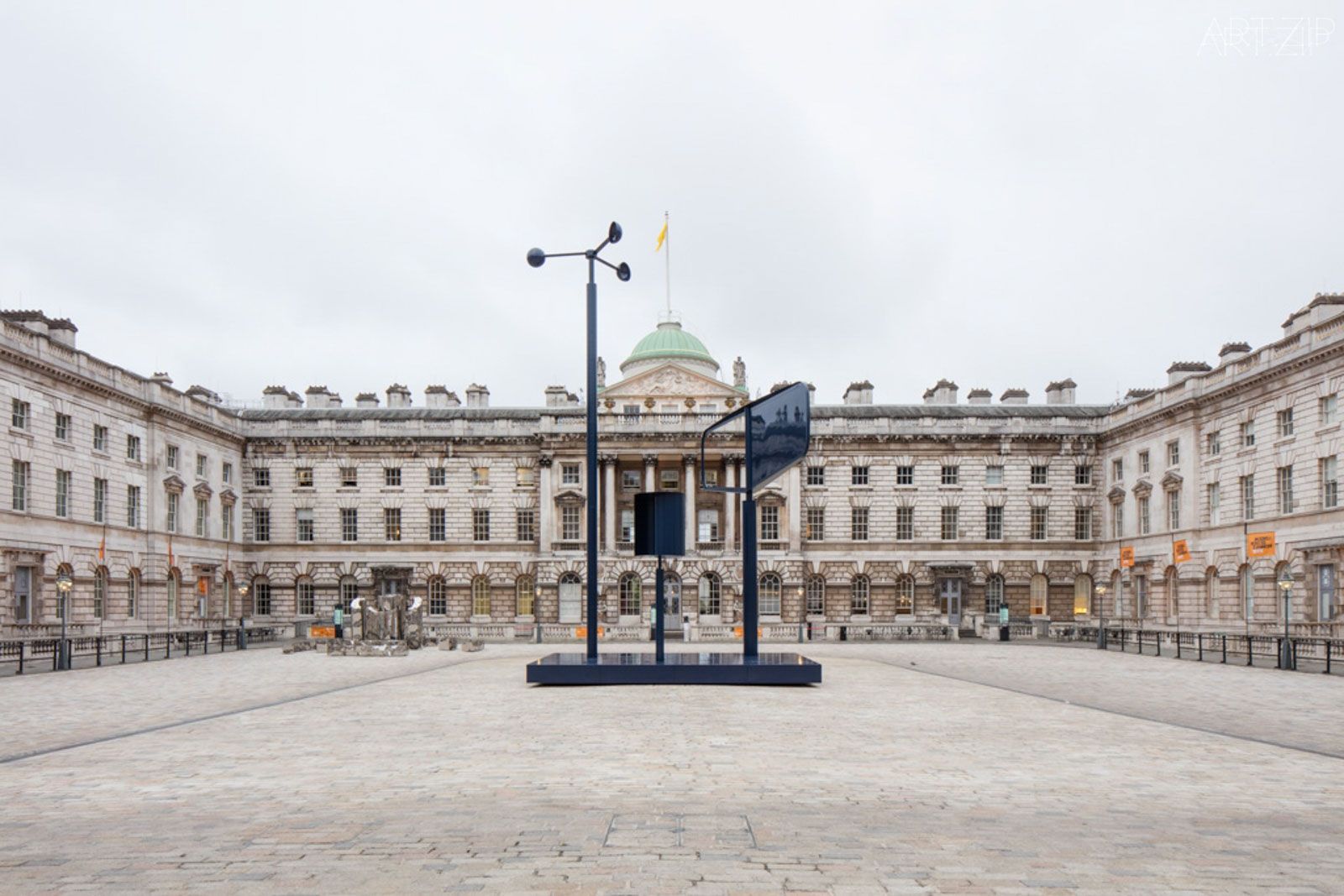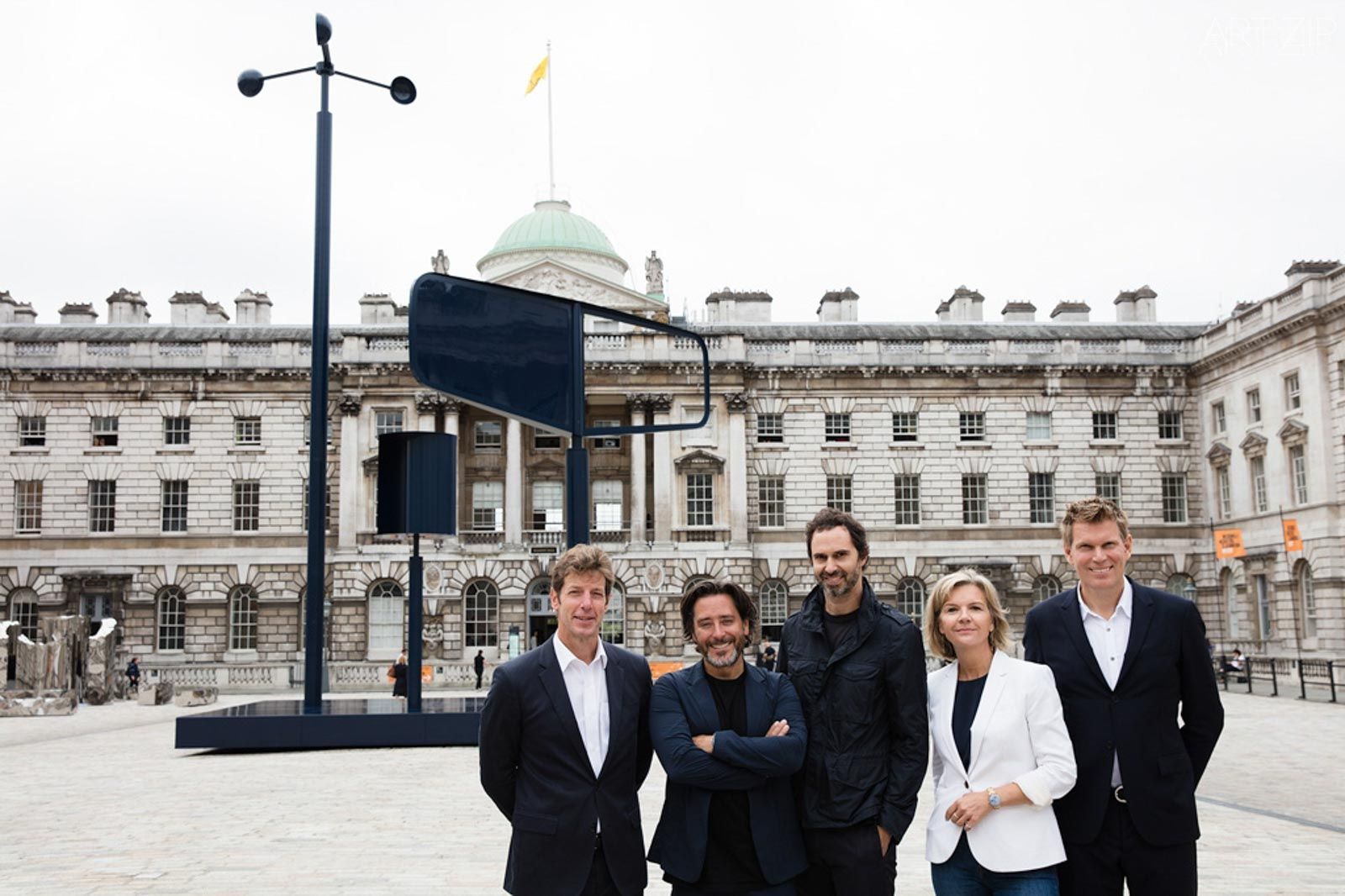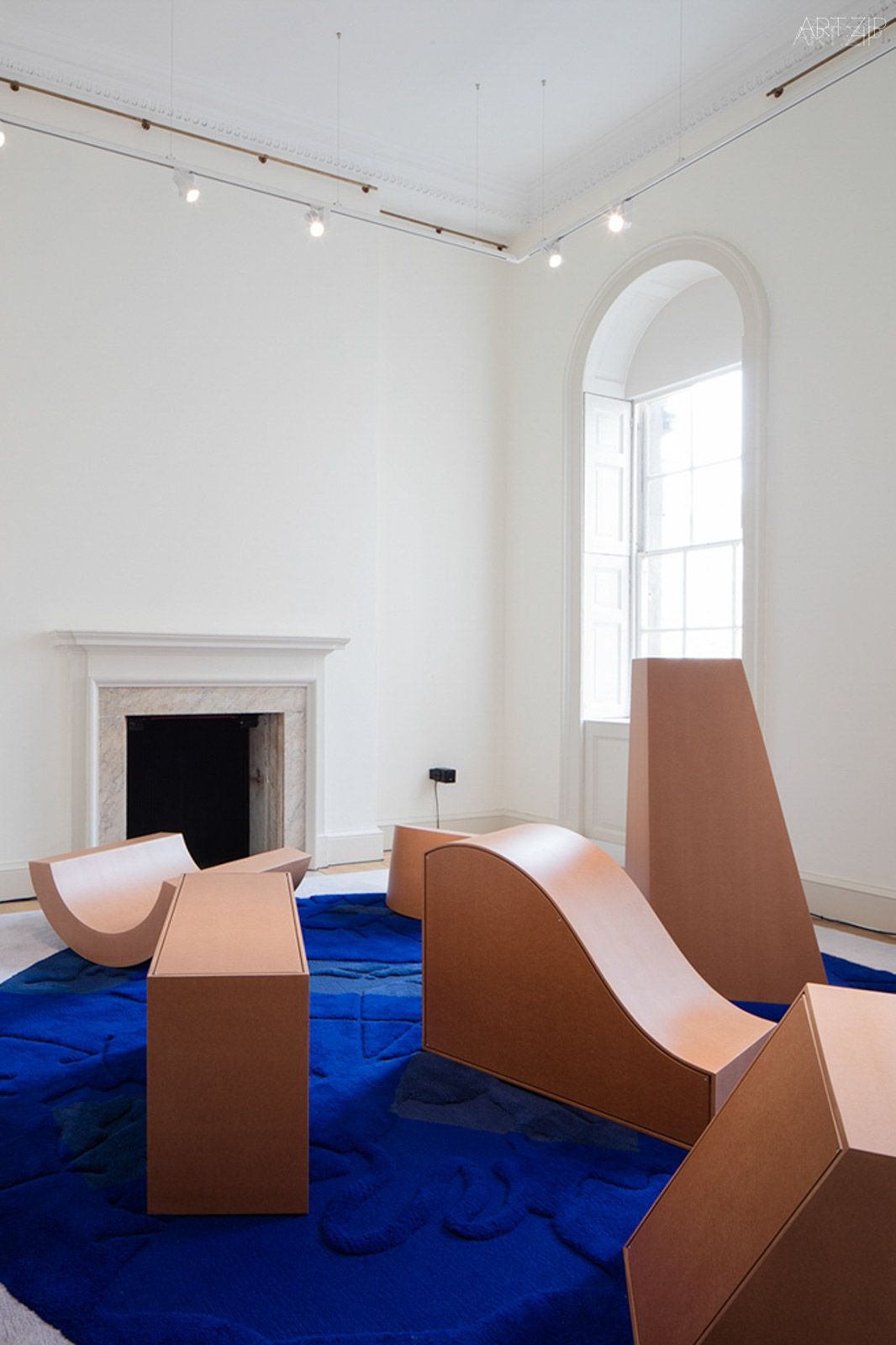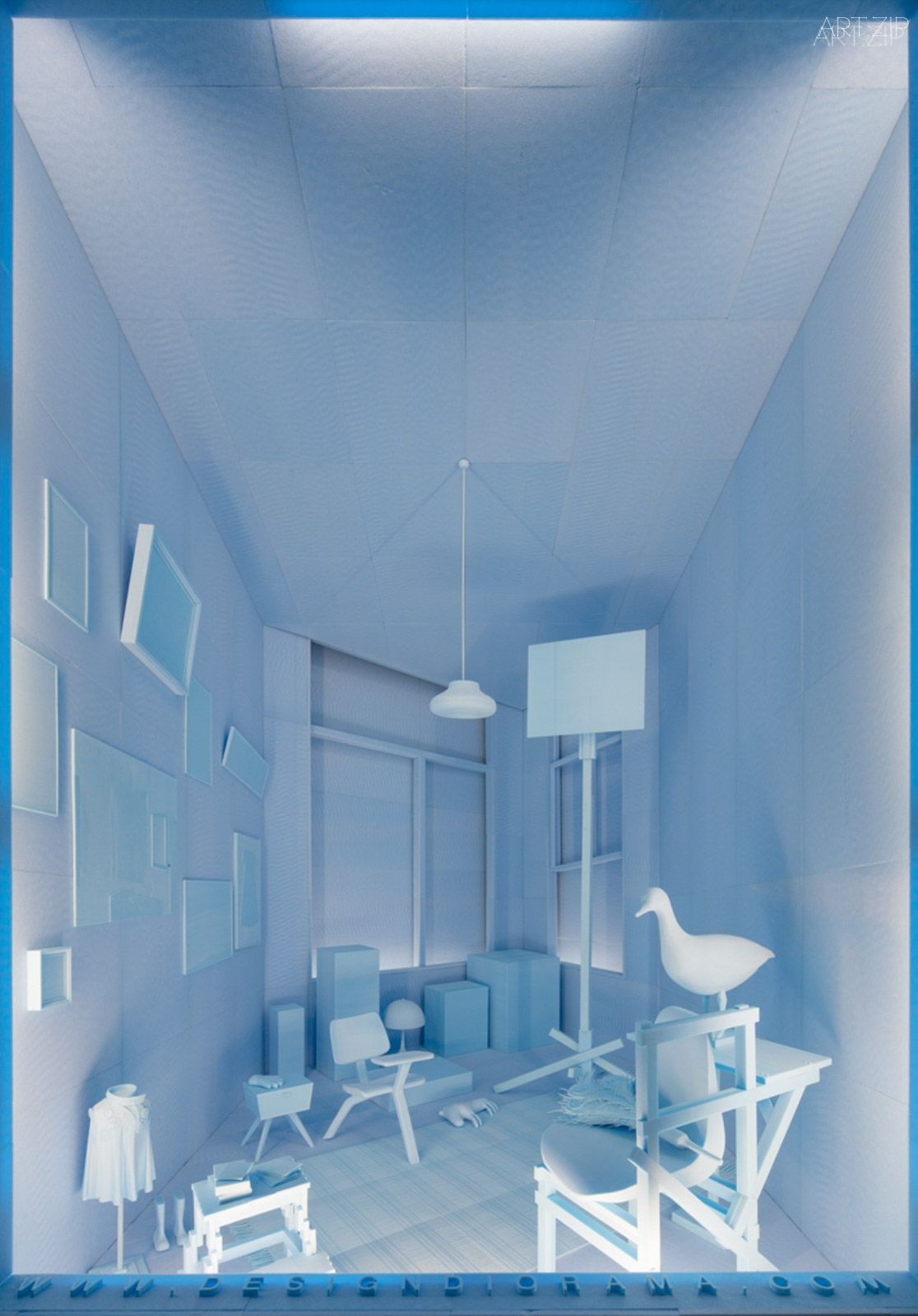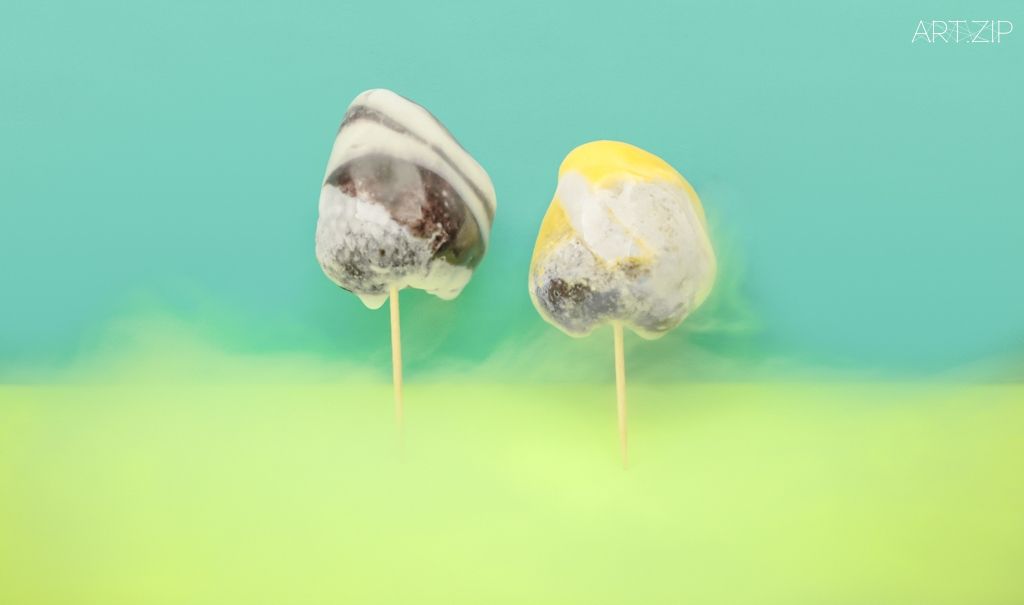
London Design Biennale
7th – 27th September, 2016
Somerset House, London
www.londondesignbiennale.com
- Israel Louder Advanced prototype, Photo © Tami Dahan
- Israel_Aid Drop_Yaniv Kadosh_ACT Shenkar_©SashaFlit
- Japan_Untitled © Yasuhiro Suzuki
- Lebanon_The High Heels Couch – by People of Lebanon © AKK Architects 2016, Saida Souks_
- Mexico_FREE City Design©FernandoRomeroEnterprisE_smaller file
- Pakistan Platonic forms made in M.S rust finish with solid sheesham wood (rose wood). Photo – Mustafa Mehdi
- Republic of Korea_InstallationConceptRendering
- Russia_Discovering utopia_Courtesy of Moscow Design Museum
- Saudi Arabia Noura and Basma Bouzo – Photography by Muzna Qumar
- Shenzen China © Urbanus Architecture & Design
- South Africa _Porky Hefer_M.heloise_credit Adriaan Louw
- South Africa 2 Porky Hefer_Dora Esca_credit Justin Patrick_1
- Taiwan_DISH 01
- Taiwan_Dish 05
- UAE_swimming in the falaj system© Cultural Engineering_
- USA Installation view of Immersion Room. Photo by Allison Hale © 2016 Cooper Hewitt, Smithsonian Design Museum
The first ever London Design Biennale, in partnership with Jaguar and Somerset House, is open to the public for three weeks at the Somerset House. Installations, artworks, prototypes and designs from 37 countries and territories have come together in an entertaining and inspiring exploration of the role of design in our collective futures.
A new highlight of the cultural calendar, the Biennale selects some of the world’s most exciting and ambitious designers, innovators and cultural bodies gather in the capital for an exhibition exploring the role of design in our collective futures.
A diverse group of nations from six continents are participating. They are: Albania, Australia, Austria, Belgium, Chile, China, Croatia, Cuba, France, Germany, Greece, India, Indonesia, Israel, Italy, Japan, Lebanon, Mexico, the Netherlands, Nigeria, Norway, Pakistan, Poland, Portugal, Republic of Korea, Russia, Saudi Arabia, South Africa, Spain, Sweden, Switzerland, Taiwan, Tunisia, Turkey, UAE, UK and the USA.
Each country is developing a presentation that responds to the Biennale’s 2016 theme Utopia by Design. Sustainability, migration, pollution, water and social equality are just some of the issues being explored. Amongst the projects are acclaimed Mexican architect and urbanist Fernando Romero’s exploration of the potential of charter cities and an installation exploring the psychological roots of Utopia from German designer Konstantin Grcic. Greece’s project will contextualise current population movements, Israel’s presentation will include an innovative proposal for how first aid might be parachuted into disaster zones and Lebanon will bring a lively depiction of Beirut’s street spirit (curated by Annabel Karim Kassar) to inhabit the River Terrace by Waterloo Bridge.
The UK is to be represented by London-based design duo Edward Barber and Jay Osgerby, with an installation curated by the Victoria and Albert Museum. Other leading institutions, museums and organisations representing their countries include the Cooper Hewitt, Smithsonian Design Museum (USA), DAMnation (Belgium), German Design Council, Austria Design Net, Moscow Design Museum (Russia), Triennale Design Museum (Italy), India Design Forum, Southern Guild (South Africa), and The Japan Foundation. Design teams include architects, designers, scientists, writers and artists.
Turkey Pavillion: The Wish Machine
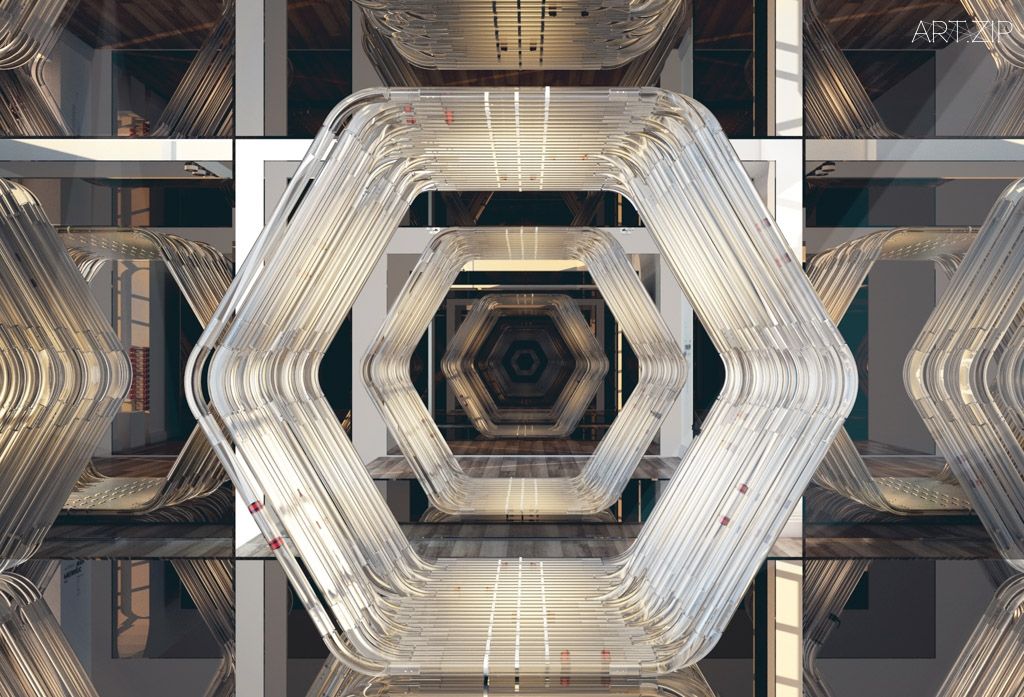
The Wish Machine
- LDB-Turkey – Installation images credit Ed Reeve
- LDB-Turkey – Installation images credit Ed Reeve
- LDB-Turkey – Installation images credit Ed Reeve
Turkey brings multidisciplinary design studio Autoban’s The Wish Machine, a contemporary “wish tree” carrying visitors’ notes of hope-a poignant response to the European refugee crisis and Turkey’s critical position on the migratory path.
The design of the installation, which appears as a pneumatic system exhaling in a mirrored space, invites visitors to interact by writing their hopes, future, utopias and wishes down and placing the paper in the tube system to send it to a place unknown. The physical surrounding where the carriage of the papers can be transparently seen is covered by reflective surfaces, suggesting an eternity. The design empathetically allows the public to experience a communication with the unknown and having a glimpse into what has become the greatest existential social challenge for Europe.
The designers Seyhan Özdemir and Sefer Çaglar explained: “The act of ‘always looking for an ideal solution,’ which for us is the strongest trace of Thomas More’s Utopia, allowed us to think about one of the biggest problems of today. This is the situation where people become unable to express an idea or a dream about a more positive future, without constantly having to struggle with the chaos of the present.”
Japan Pavillion: A Journey Around the Neighbourhood Globe
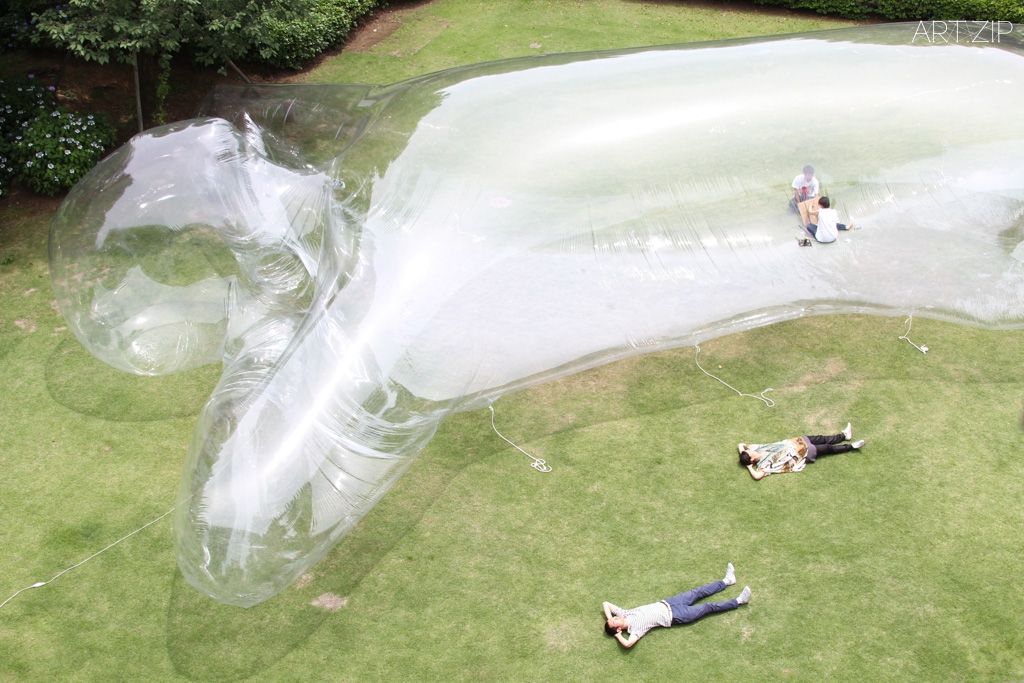
Japan_Aerial Being, Installation View at Musashino Art University © Yasuhiro Suzuki jpg
- Installation images credit Ed Reeve
- Installation images credit Ed Reeve
Japanese artist Yasuhiro Suzuki likes to take a sideways look at everyday objects, a Japanese concept called “mitate” or “looking at one thing as if it were another”. Suzuki’s installation for the Biennale is described as “a journey around the neighbourhood globe”. It consists of a large inflatable human figure, titled “Napping Traveller” and acrylic suitcases that contain Suzuki’s works inspired by everyday objects, e.g. Constellation of Apples, Toe Chopsticks, Bucket Stump, Up/Down Model, Present/Past, Here/There …
Suzuki said: “What I want people to feel from this exhibit is: Instead of something that they have never seen before, I hope that they will take back a sense of rediscovery (or reaffirmation) regarding familiar things within them. Furthermore, using things such as memory and experience, which everyone is familiar with, visitors will have an opportunity to reexamine things that are already there within them.”
Norway Pavillion: Inclusive Design
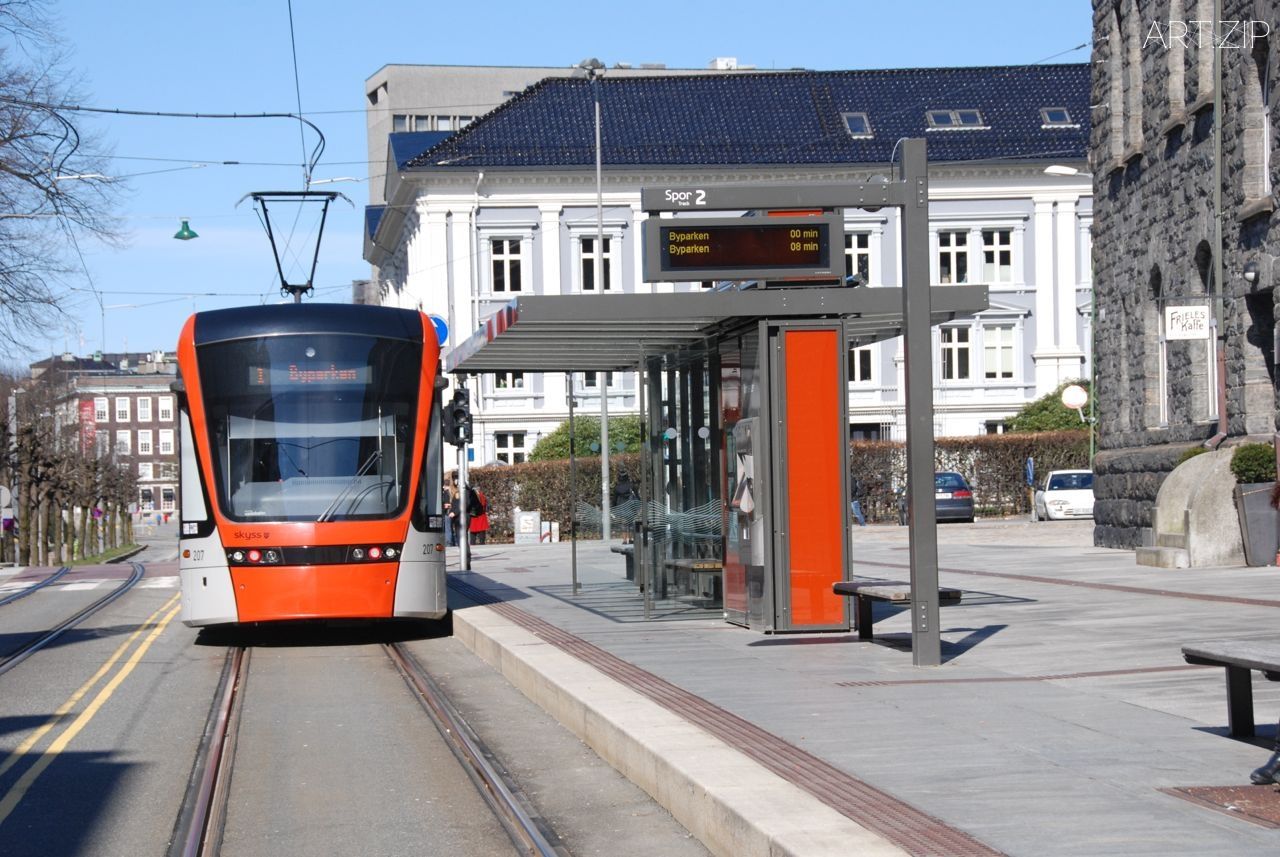
Bergen Light Rail credit Norwegian Centre for Design and Arcitecture
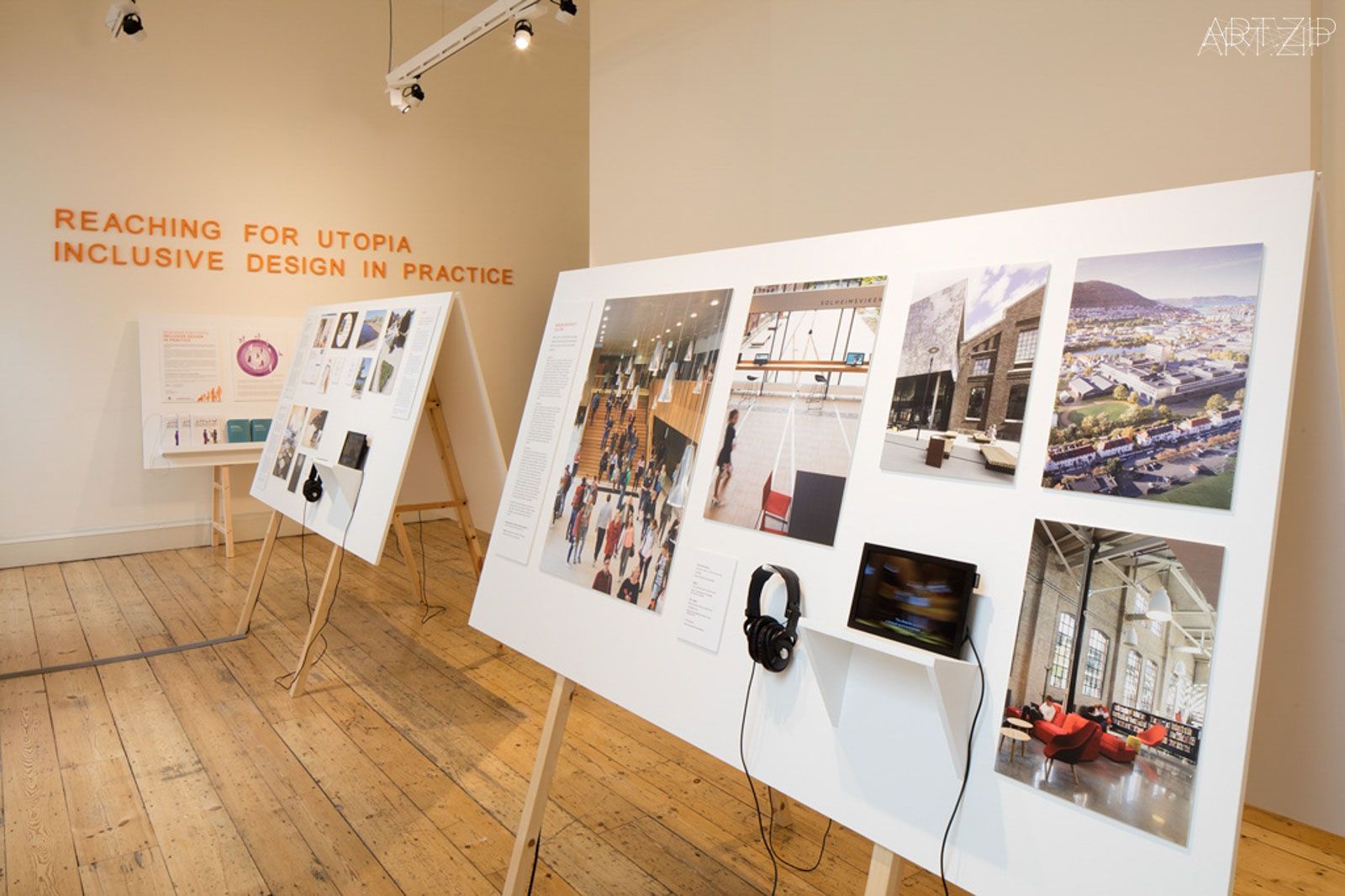
ldb-norway-1
Reaching for Utopia-Inclusive Design in Practice is an ensemble of projects that demonstrates how Norway’s people-centered approach to design and architecture permeates life, business and society too.
In the pavilion, an introduction explaining the philosophy of people-centred design will lead visitors on to a range of successful examples displayed as text, images and video. These include St. Olavs Hospital in Trondheim, the Bergen Light Rail project and Bergen University College. Onny Eikhaug, Programme Leader, said: “Norway has a social model of governance, and we are a society where equality and participation for all has a strong foothold. This is what underpins the spirit of these projects. Our design approach is not only about function, but aesthetics, emotions and empathy too.“
.
The London Design Biennale takes over the entirety of Somerset House, including the famous Edmond J. Safra Fountain Court. Situated on the banks of the Thames in the heart of London, the former royal palace announced that it had recorded the largest increase in visitor numbers amongst London’s top 10 attractions with more than 3.2 million visitors in 2015.
The London Design Biennale will be a centrepiece of UTOPIA 2016 – Somerset House’s year-long programme celebrating the 500th anniversary of the publication of Thomas More’s inspirational text, Utopia.
Christopher Turner, Director of the London Design Biennale, said: “We chose the inaugural theme, Utopia by Design, to celebrate the 500th anniversary of the publication of Thomas More’s classic, and to reflect on the rich history of the modernist design it inspired. Design teams from over thirty countries will exhibit ambitious installations that explore how architecture, design and engineering might contribute in some way to making the world a better place and our cities more liveable. The utopian impulse allows us to escape the blinkers of the present and dream, telling stories about alternative futures that ask important questions about the world in which we live. The London Design Biennale will feature some of these provocations, which aim to provoke real change by suggesting inspiring or cautionary futures.”
Open daily from 11am
Tickets: £15/£10 concessions
- Albania @ LFB installation image credit Ed Reeve
- Austria @ LFB installation image credit Ed Reeve
- Belgium @ LFB installation image credit Ed Reeve
- Germany @ LFB installation image credit Ed Reeve
- Germany @ LFB installation image credit Ed Reeve
- Greece @ LFB installation image credit Ed Reeve
- Indonesia @ LFB installation image credit Ed Reeve
- Israel @ LFB installation image credit Ed Reeve
- Israel @ LFB installation image credit Ed Reeve
- Lebanon @ LFB installation image credit Ed Reeve
- Pakistan @ LFB installation image credit Ed Reeve
- Portugal @ LFB installation image credit Ed Reeve
- Russia @ LFB installation image credit Ed Reeve
- Saudi Arabia @ LFB installation image credit Ed Reeve
- Spain @ LFB installation image credit Ed Reeve
- Spain @ LFB installation image credit Ed Reeve
- Sweden @ LFB installation image credit Ed Reeve
- Switzerland @ LFB installation image credit Ed Reeve
- Tunisia @ LFB installation image credit Ed Reeve
- UAE @ LFB installation image credit Ed Reeve
- UK @ LFB installation image credit Ed Reeve
- UK @ LFB installation image credit Ed Reeve
- Croatia @ LFB installation image credit Ed Reeve
- Netherlands @ LFB installation image credit Ed Reeve
Find out more:

